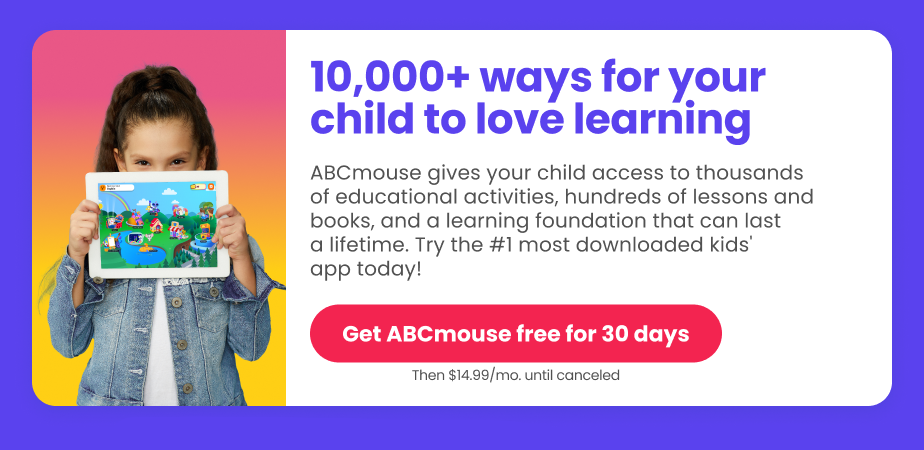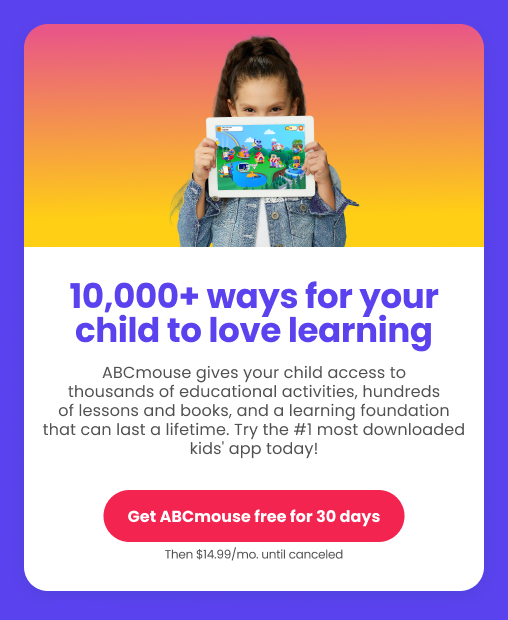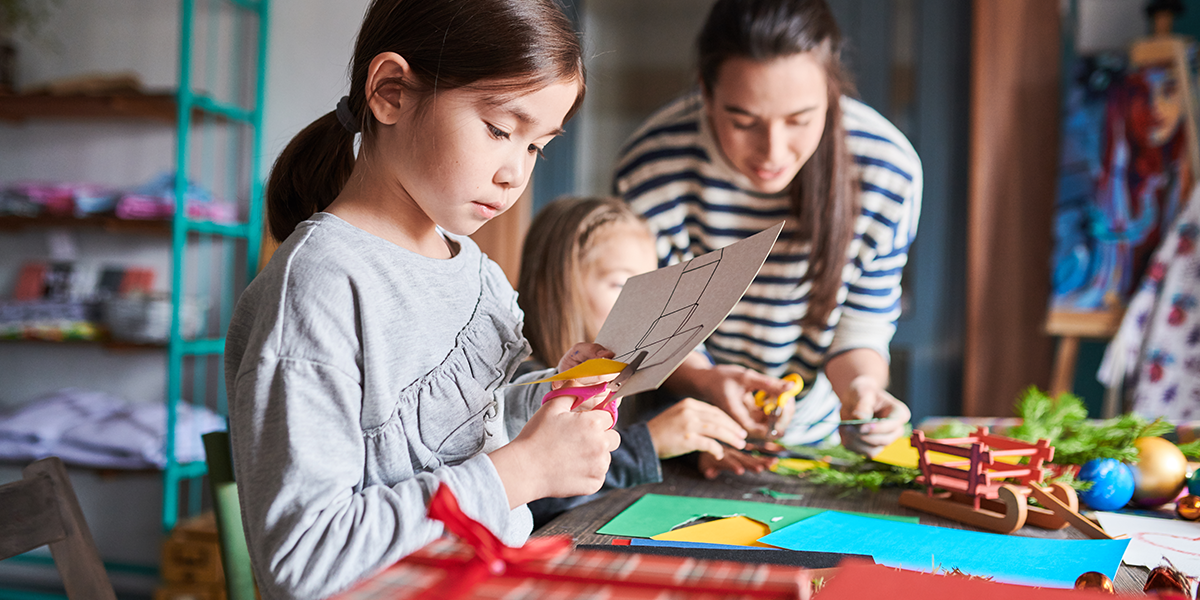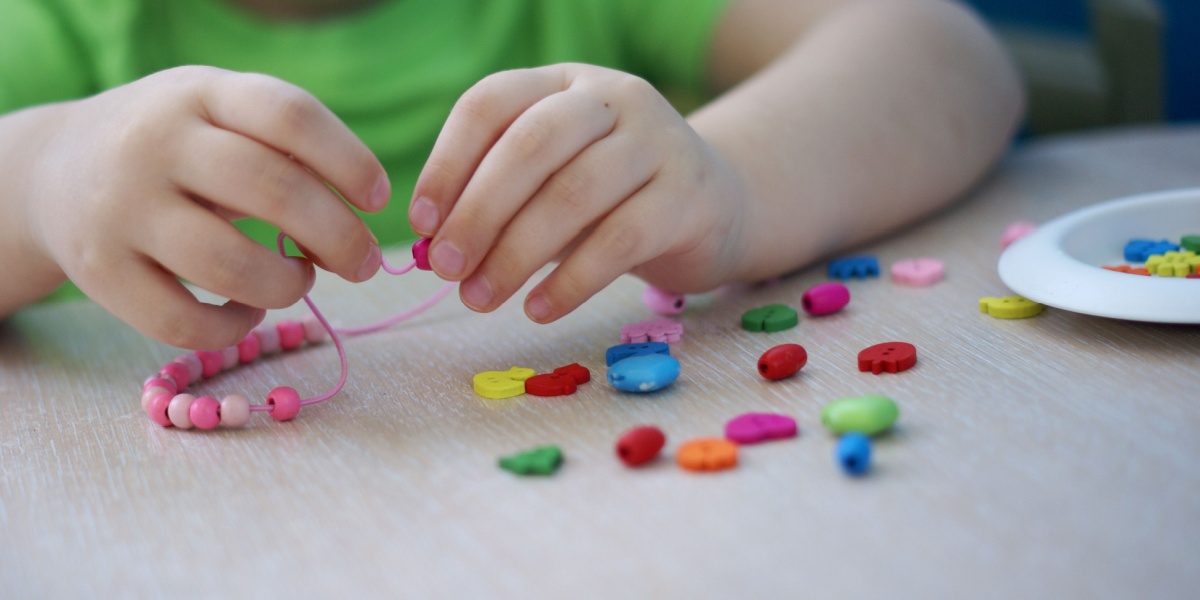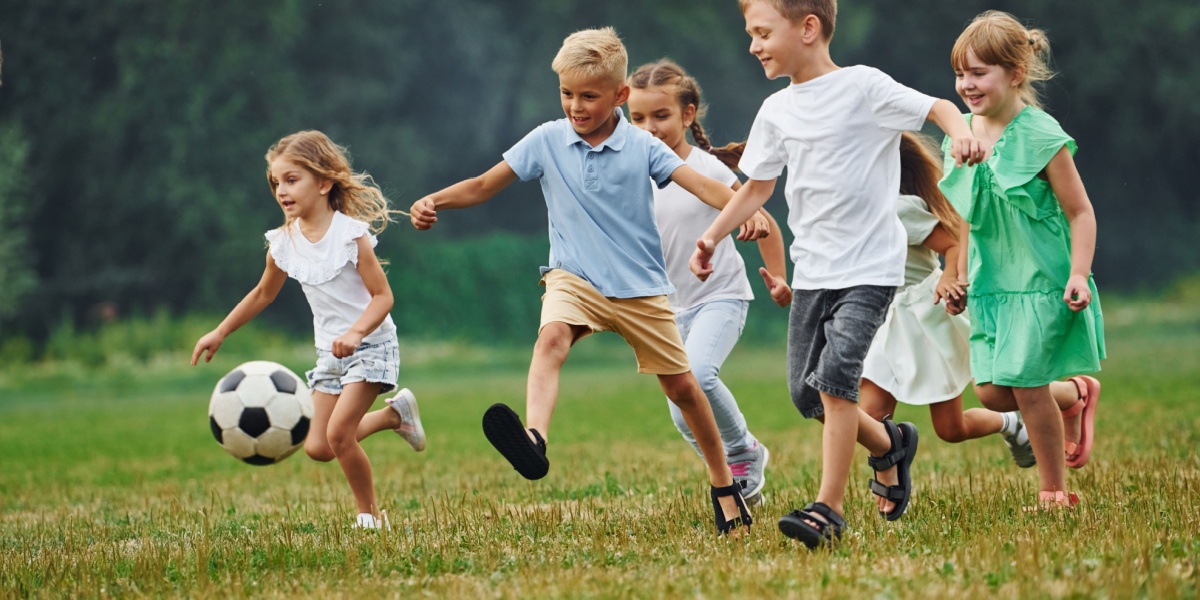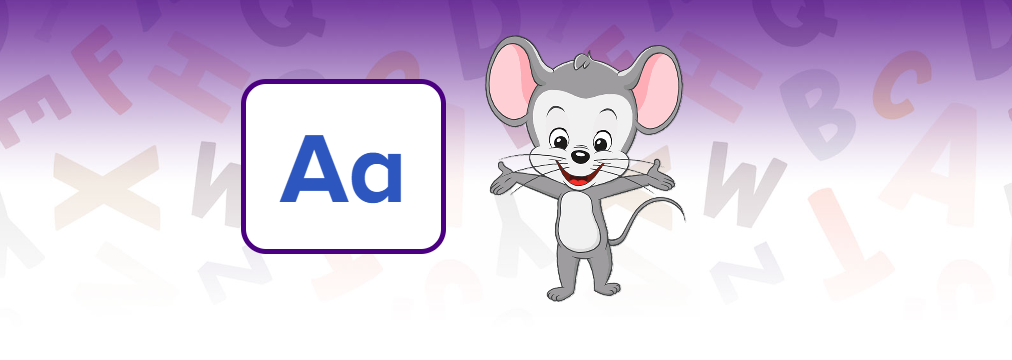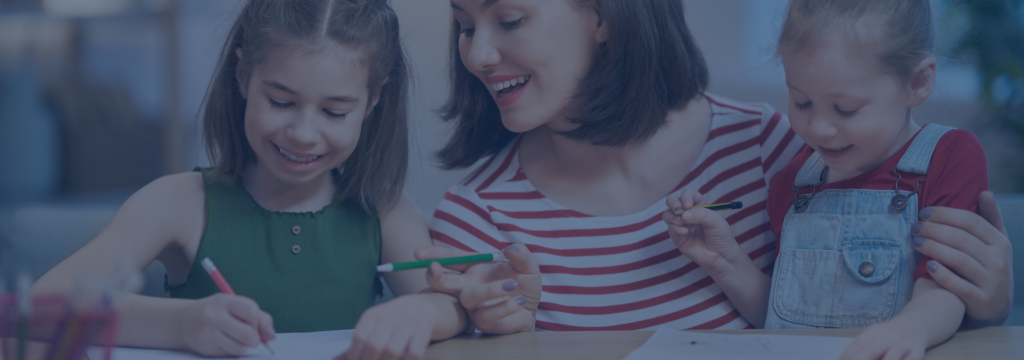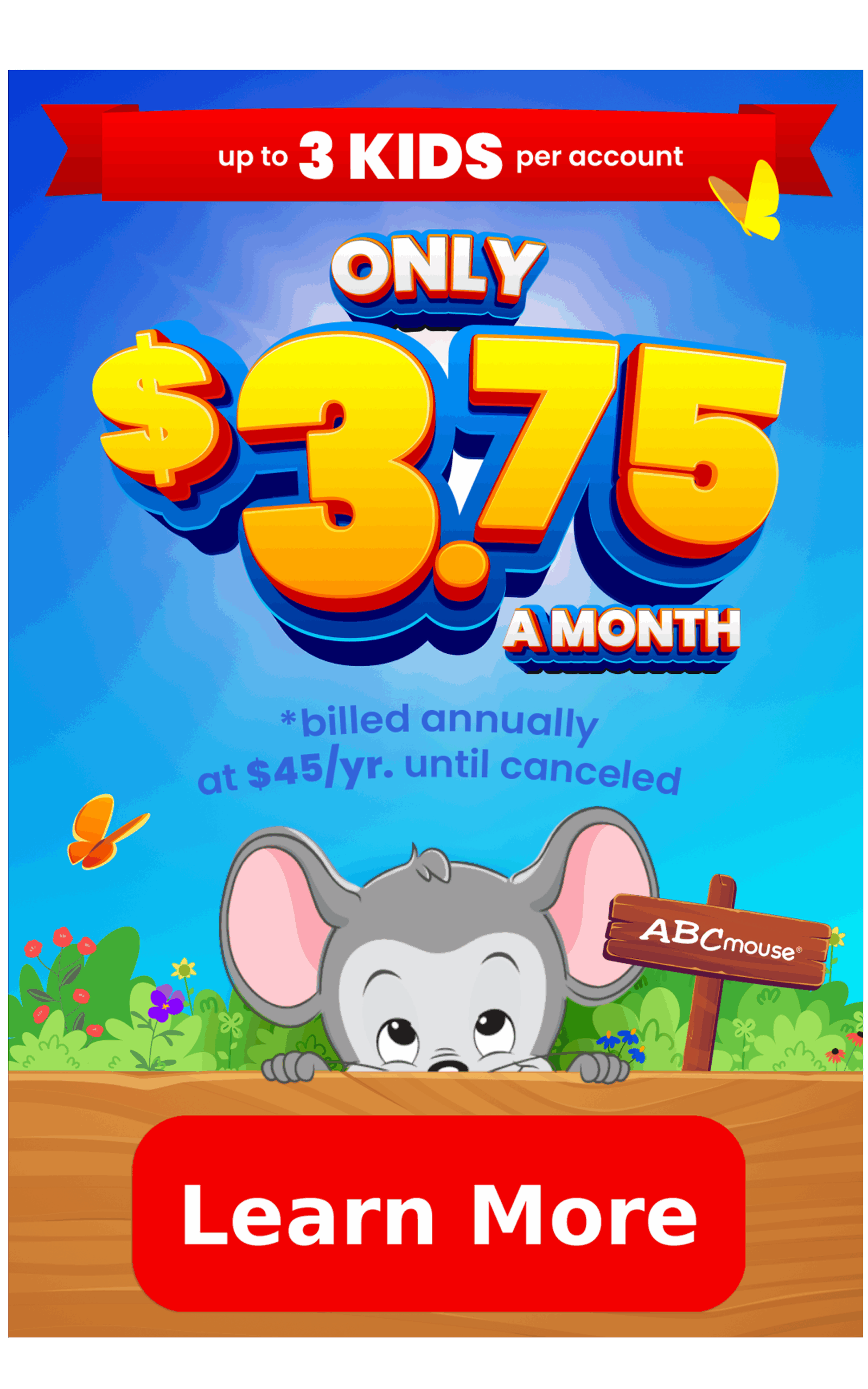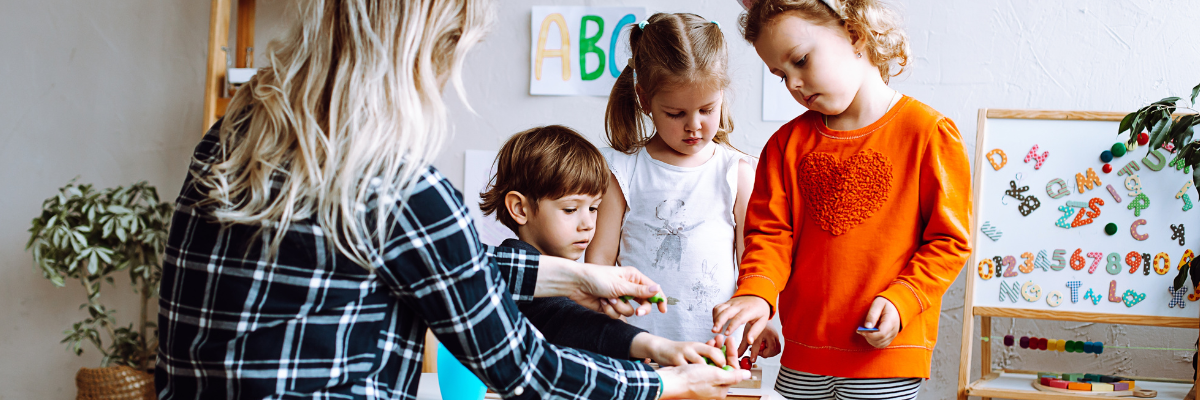
25+ Play-Based Learning Activities for Preschoolers and Kindergarteners
Share
Learning through play is fun and natural for kids, plus it offers benefits that go far beyond academics!
What Is Play Based Learning & Why Is It Important in Early Childhood?
The term “play-based learning” refers to the way kids learn as they play. This form of learning isn’t restricted to academics; it also includes:
- social-emotional skills
- fine and gross motor development
- problem-solving
- critical thinking
- creativity
- imagination
In general, the younger kids are, the more they can learn while playing, but this approach is beneficial at all ages.
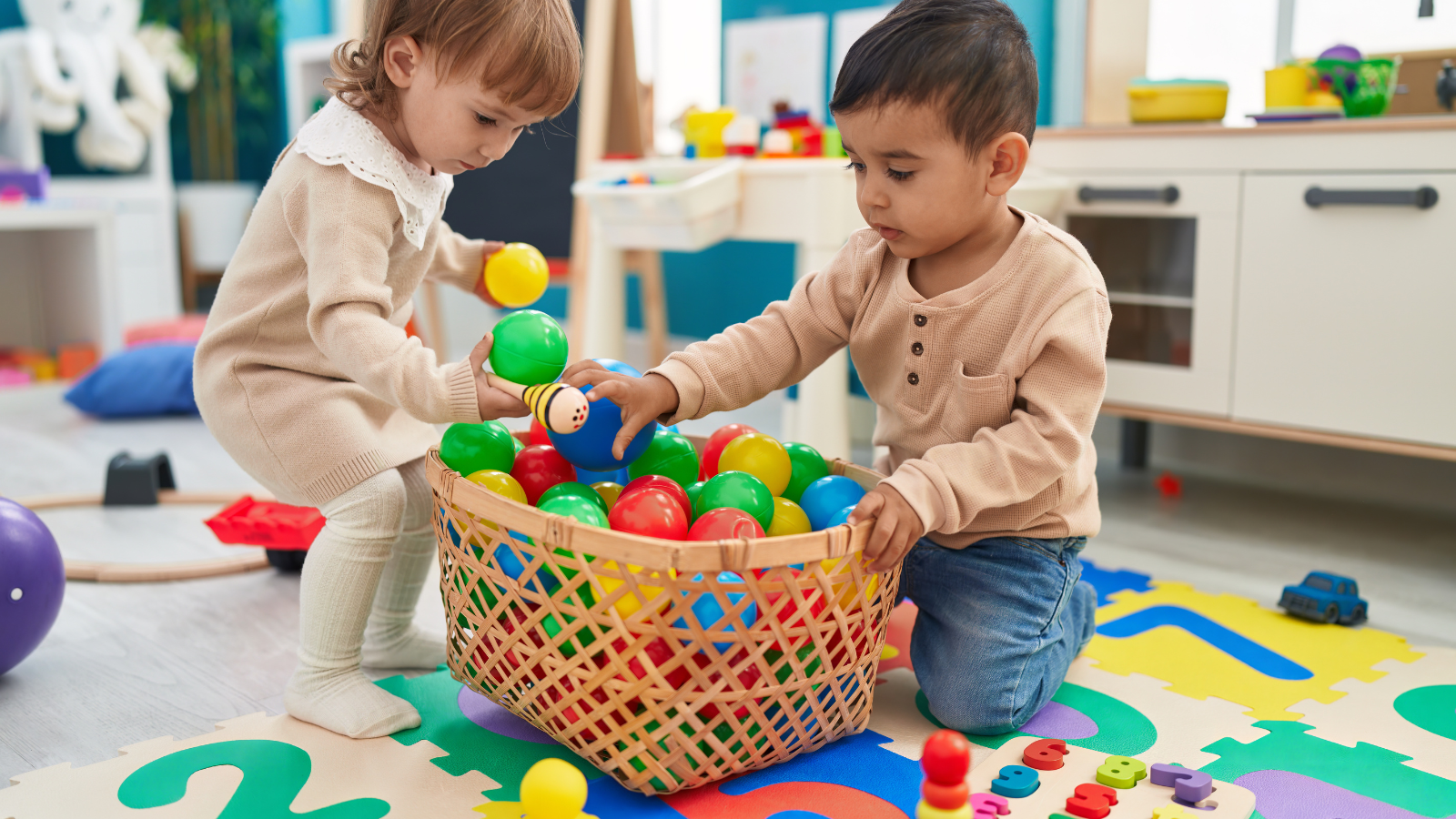
A 2018 clinical report from the American Academy of Pediatrics noted: “Play is not frivolous: it enhances brain structure and function and promotes executive function (i.e. the process of learning, rather than the content), which allow us to pursue goals and ignore distractions.”
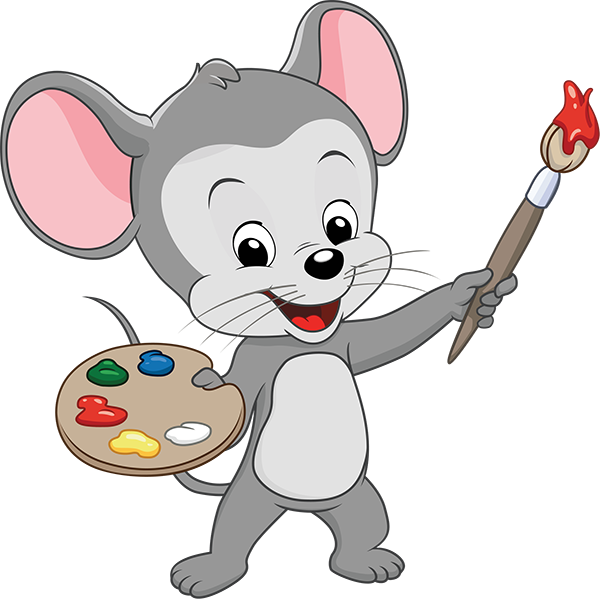
Play-based learning is usually:
Enjoyable
Self-chosen/Self-directed
Unstructured
Imaginative
Empowering
While parents or teachers may guide the play or provide some parameters, kids usually choose the activity and make up the rules for these games on their own. In many cases, they don’t even realize they’re learning—they’re just having fun!
A big part of the experience is learning how to learn and understanding that it’s okay to take risks and make mistakes. Children can carry this knowledge over to more formalized education, making them more resilient inside the classroom and out.
Try some of these play-based learning activities with your own child to see the benefits!
Play-Based Reading Activities
Leap Frog Letters
Draw green “lily pads” with sidewalk chalk, and write a letter in each one. As your child hops from letter to letter, ask them to name each one and say the sound it stands for out loud.
They can also practice spelling by jumping from one letter to the next. To increase the creative aspect, encourage them to use the chalk to add fish, ducks, plants, and other elements to their “pond.”
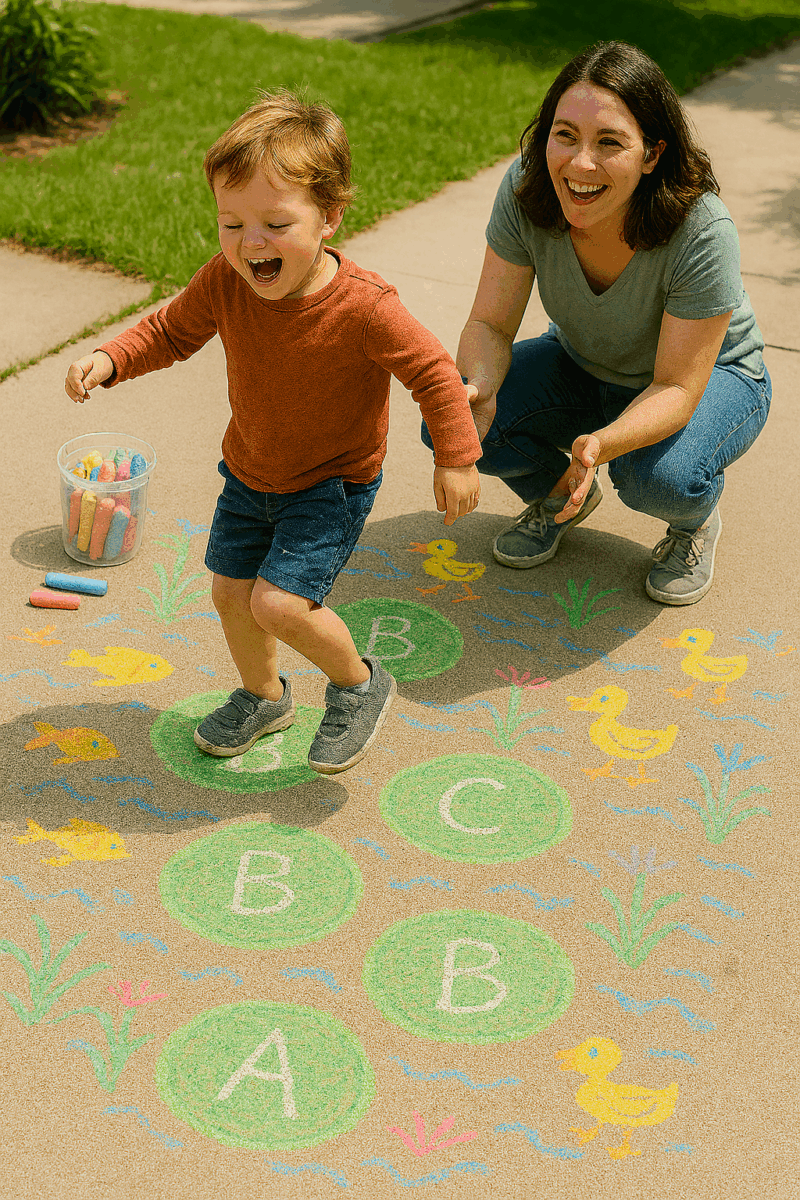
Letter Blends Hop-Walk-Run
Use your sidewalk chalk for this one or make notecards with individual letters written on them instead. Draw or lay the letters on the ground, spacing them about 12 inches apart (or more for older kids). Start by jumping from letter to letter, saying the sound the letter makes.
Next, walk across the letters slowly, blending them together to figure out the word. Finally, run across the letters, saying the whole word at once.
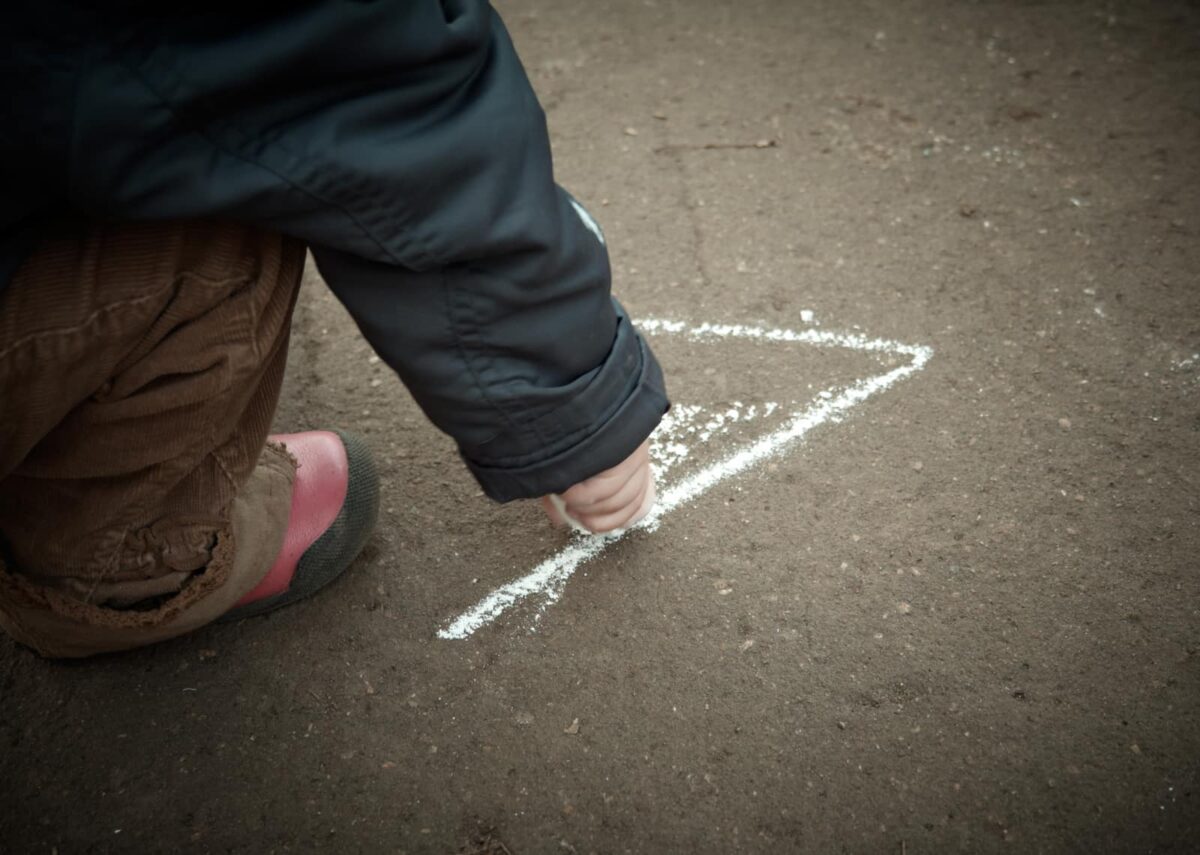
Phonemes I Spy
Choose one or more phonemes (the sounds made by individual letters and letter blends) to target, then look for them when you’re out and about. For instance, if you choose /ch/ and /igh/, your child might point out the sign for “High Street,” and identify “cheddar cheese” at the grocery store. Keep track of how many you find, and see who can spot the most throughout the day!
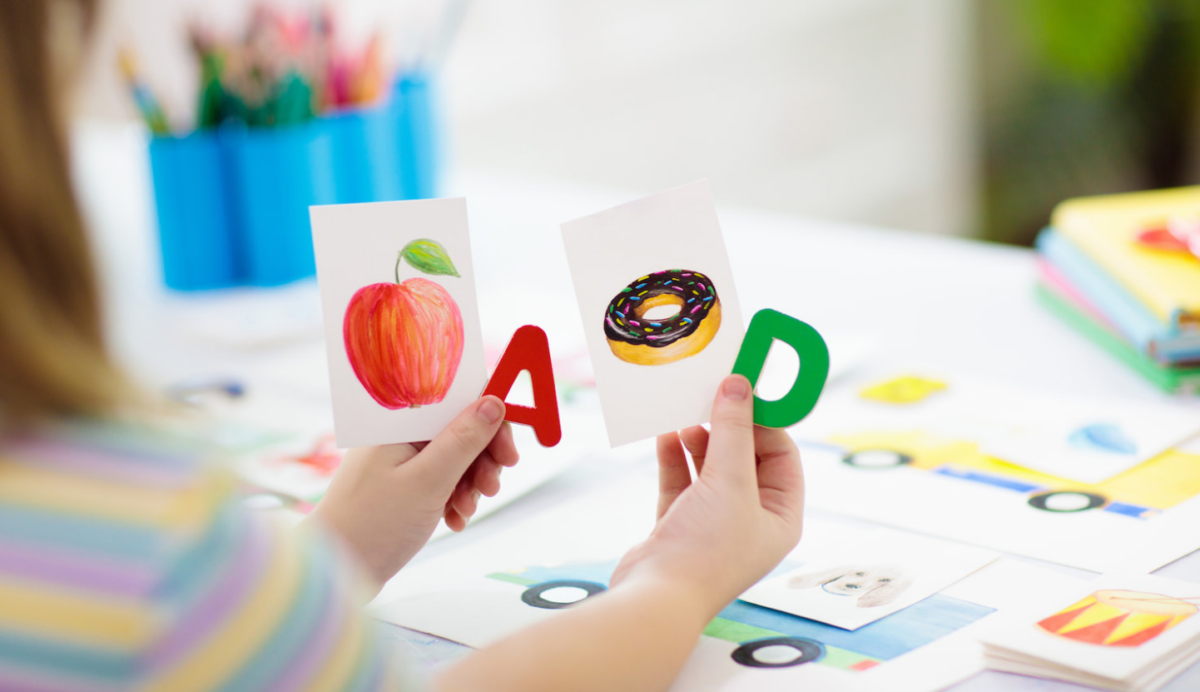
Playdough Word Stamp
Buy a set of letter stamps (be sure to get one that includes both upper and lowercase letters), or use alphabet magnets or beads instead. Roll out some playdough, then stamp words onto it. This is a fun way to practice spelling or high-frequency words. (For younger kids, try having them make the letters themselves out of the playdough instead.)
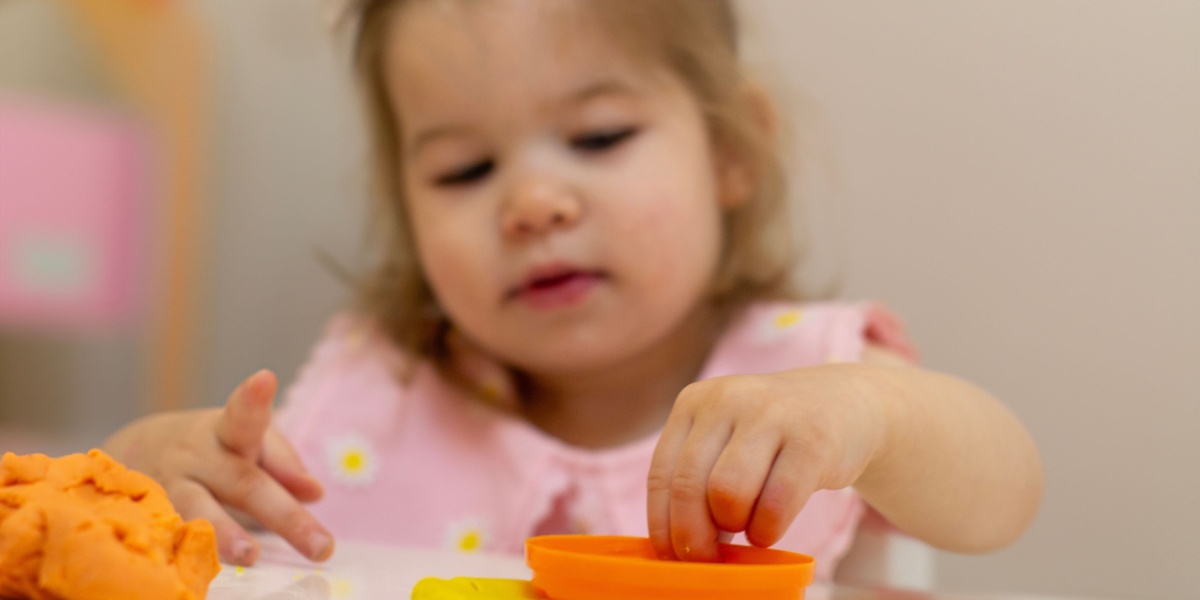
Stuffed Animal Stories
Reading isn’t just about decoding the letters on the page—it’s also important to make sure kids actually understand what they’re reading. Retelling a story in their own words is one key way to ensure reading comprehension.
After reading a book, invite your child to share the story with you using their favorite stuffed animals or other toys to stand in for the characters. Ask questions like “Why do you think [character] did that?” or “What would you have done instead?” as they retell the tale.
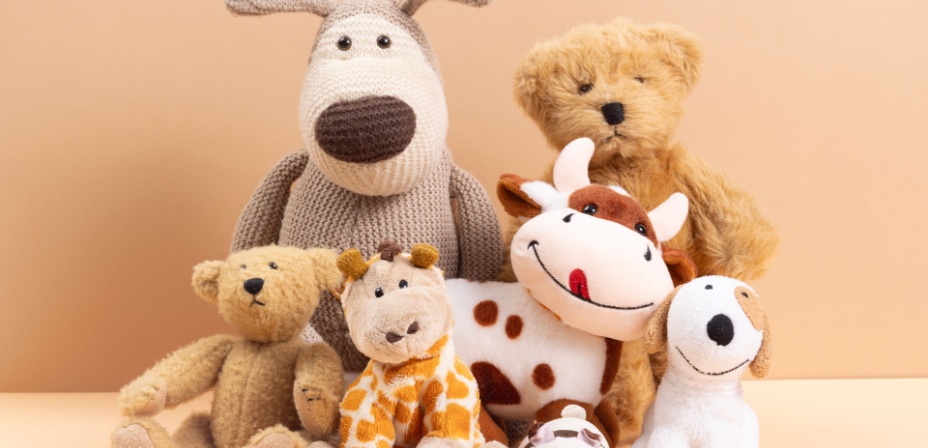
Play-Based Math Activities
Domino Math
Depending on how you lay them out, dominos can represent all sorts of math concepts and equations. Practice counting by drawing a domino and having your child point to and count the dots. Then have them lay the dominos along a number line based on their totals.
Ask kids which side has more dots to work on comparing numbers. Turn a domino sideways, and it becomes an addition, subtraction, or multiplication equation. There are so many options to try.
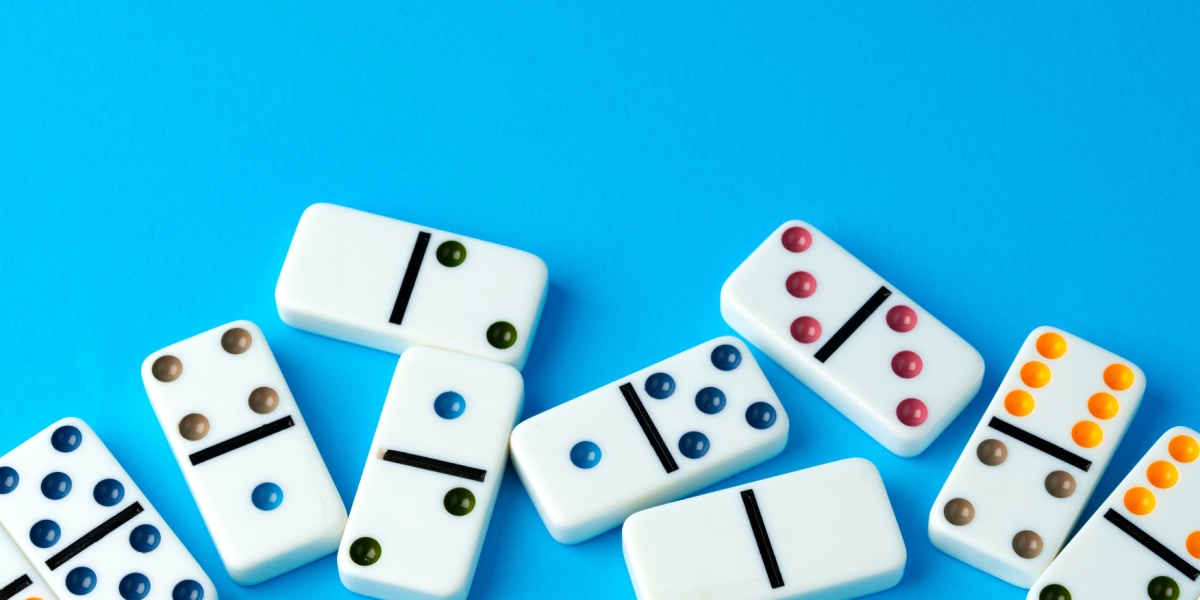
Bingo
This classic crowd favorite is terrific for number recognition practice! You can also customize the boards to practice various math concepts.
For instance, create boards that contain only products (total when numbers are multiplied together) of numbers one to 10. Then, draw flashcards and have kids solve the equation and mark off the appropriate squares on their cards.
Pipe Cleaner Shapes
Provide a pile of colorful pipe cleaners and have fun bending them into various shapes, naming them as you go. This works for both 2D and 3D shapes, and is great for developing hand-eye coordination too. You can even combine all your shapes together to make cool abstract sculptures. Tip: Try adding disposable drinking straws into the mix too!
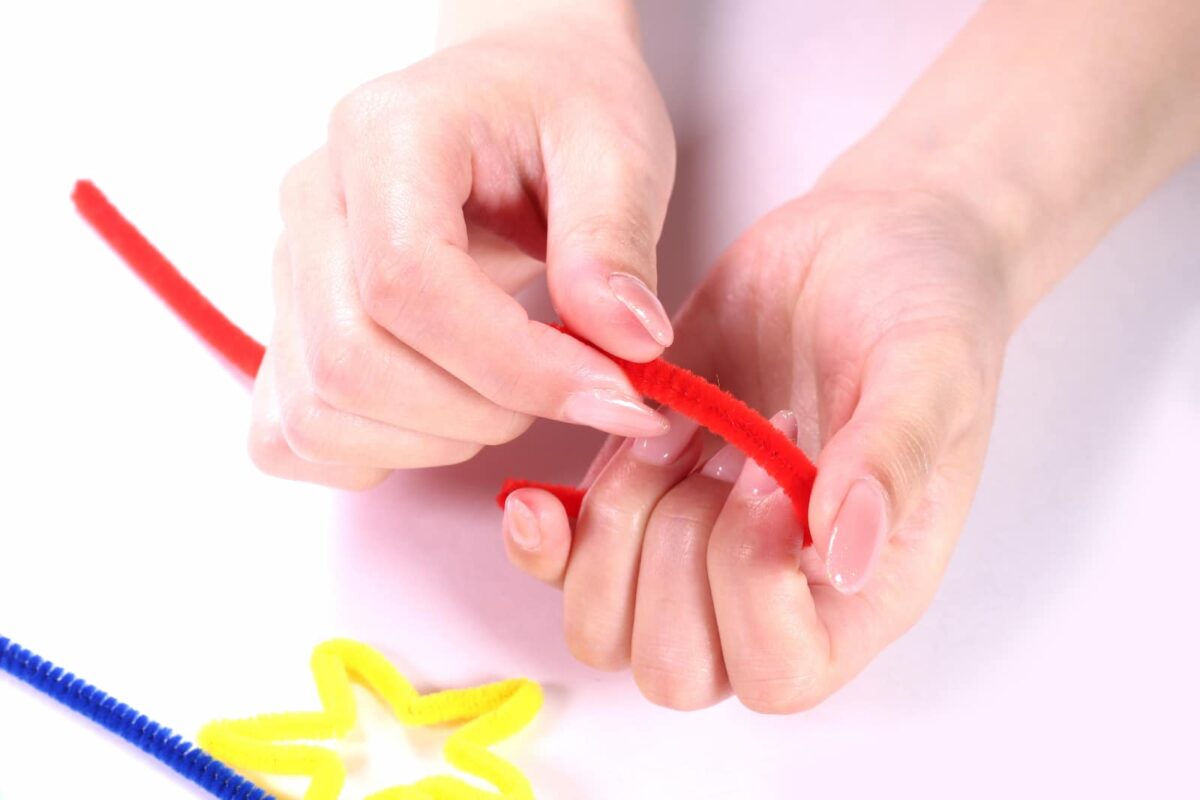
Number Parking Lot
If you’ve got a big collection of toy cars, you’ll love this one! Use masking tape to label each car with a number, and create a “parking lot” with numbered spaces to match. You can do this on a piece of paper or with sidewalk chalk outdoors. Kids will have fun “vrrr-ooming” each car into the appropriate spot!
To build additional skills like cardinality or subitization, write numbers on the cars and corresponding dots or tally marks in the parking spaces, or make each car the answer to a math equation written in the lot.
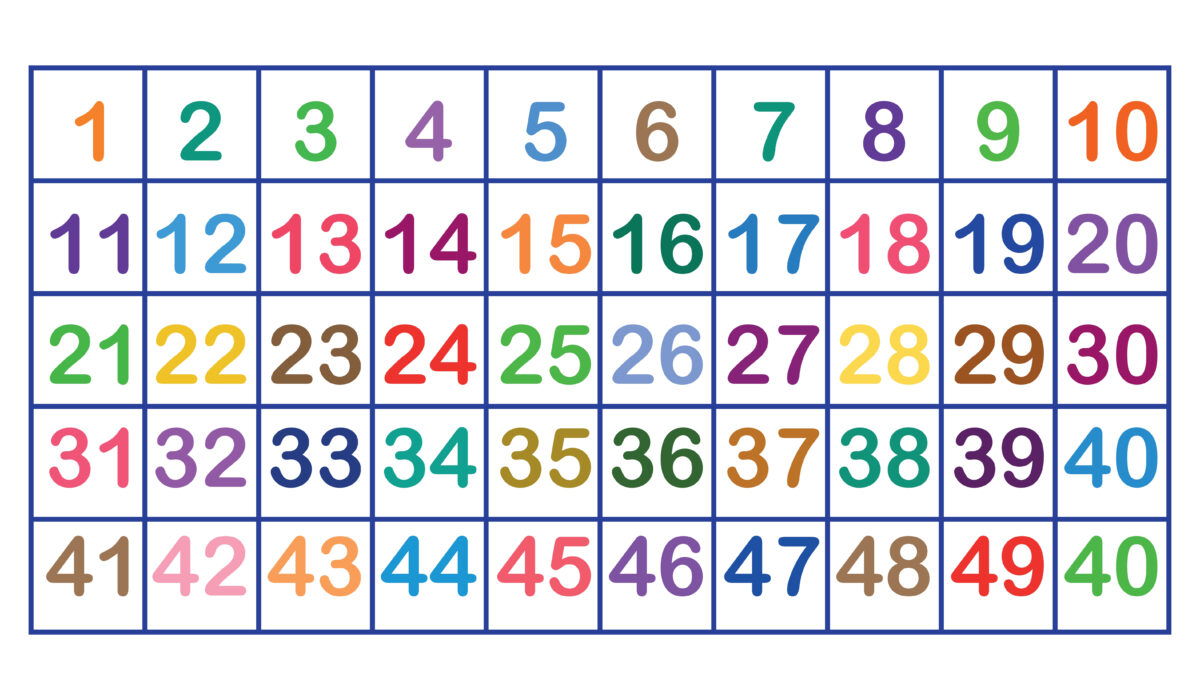
Sticky Note Shape Hunt
Draw various shapes on individual sticky notes, then have kids attach them to items around the house or classroom that match. For instance, they could place a sticky note with a rectangle on the TV screen or a book cover; a sticky note with a circle on a bowl; a sticky note with a cylinder on a water bottle, etc.
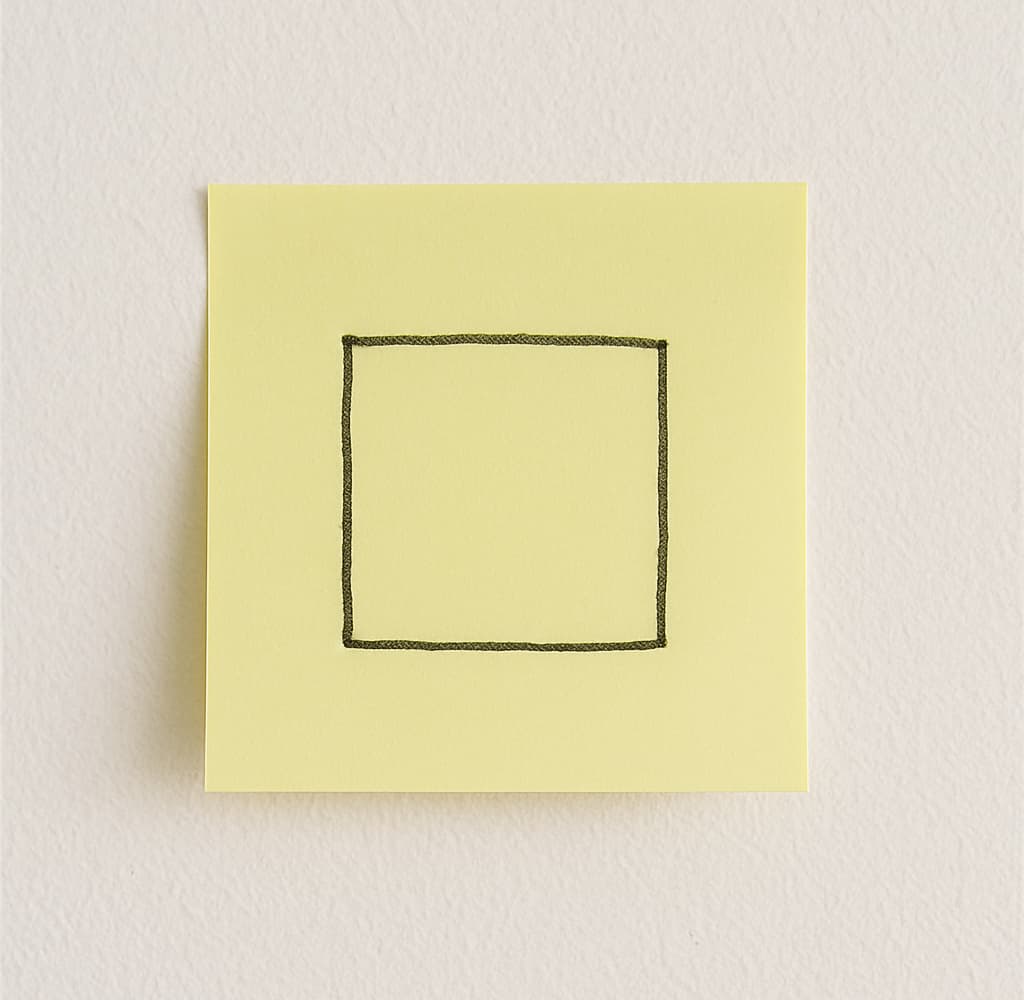
Science and Nature Play
Five Senses Walk
As you explore your favorite outdoor area, stop from time to time to identify what you can see, hear, smell, feel, and even taste (use safety precautions, of course). You can write these down as you go, or simply take the opportunity to appreciate what’s all around you. This not only teaches the observation skills essential to science—it also develops mindfulness skills.
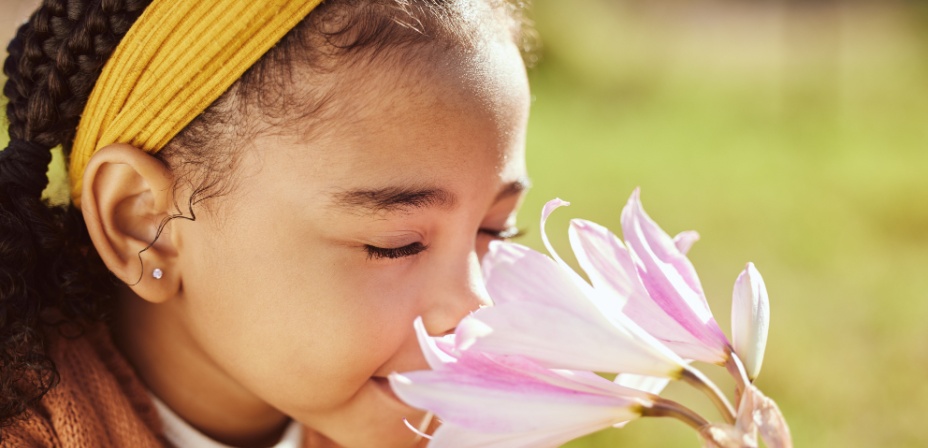
Bubble Blowing
This is a perennial kid (and adult!) favorite, and it actually involves a lot of different science concepts. Experiment with blowing faster or slower, making differently shaped wands from pipe cleaners, or seeing how high your bubbles can float before they pop. So much of science is just about asking “why?” or “how?” and then trying to find the answers!
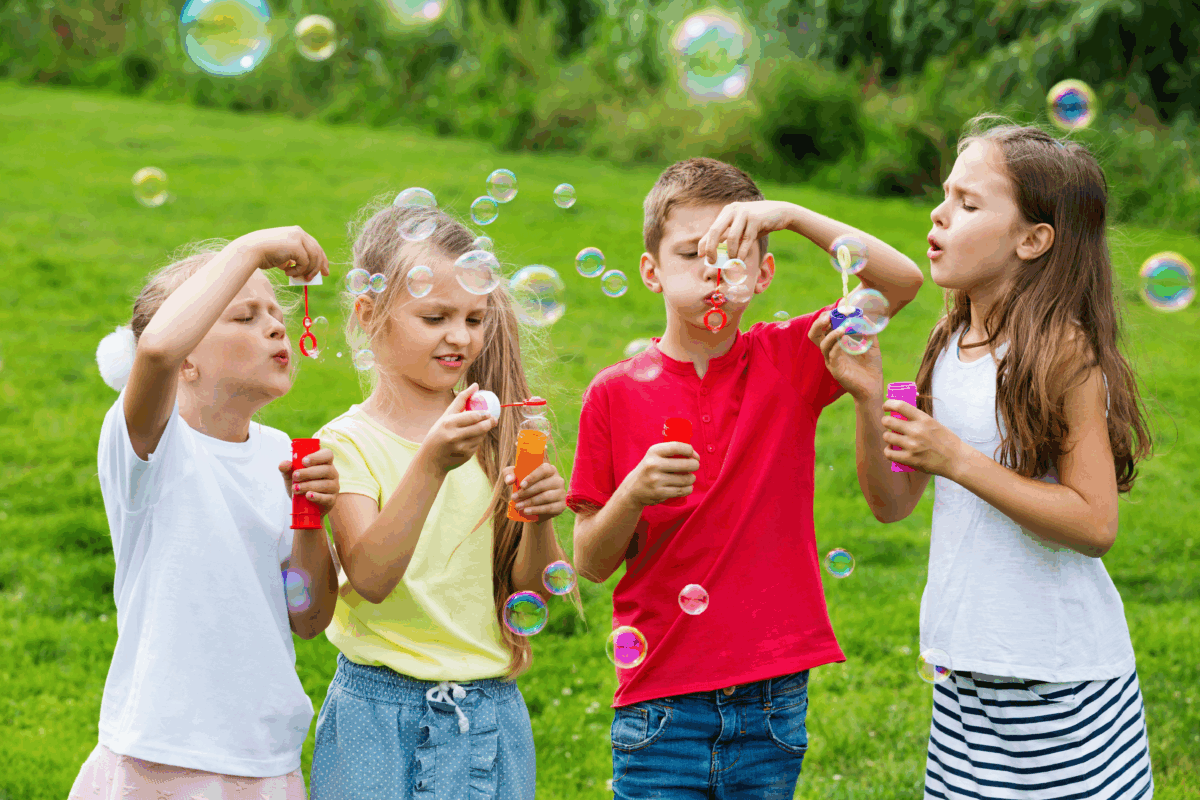
Paint Mixing
Most adults know that yellow and blue make green, and adding white will make something paler or “pastel.” Kids can learn these facts by memorization, but it’s a lot more fun to discover them through play!
Give little ones red, yellow, blue, white, and black finger paints, then let them mix away! When they’re done, they can paint a masterpiece or store their paints away for another day.
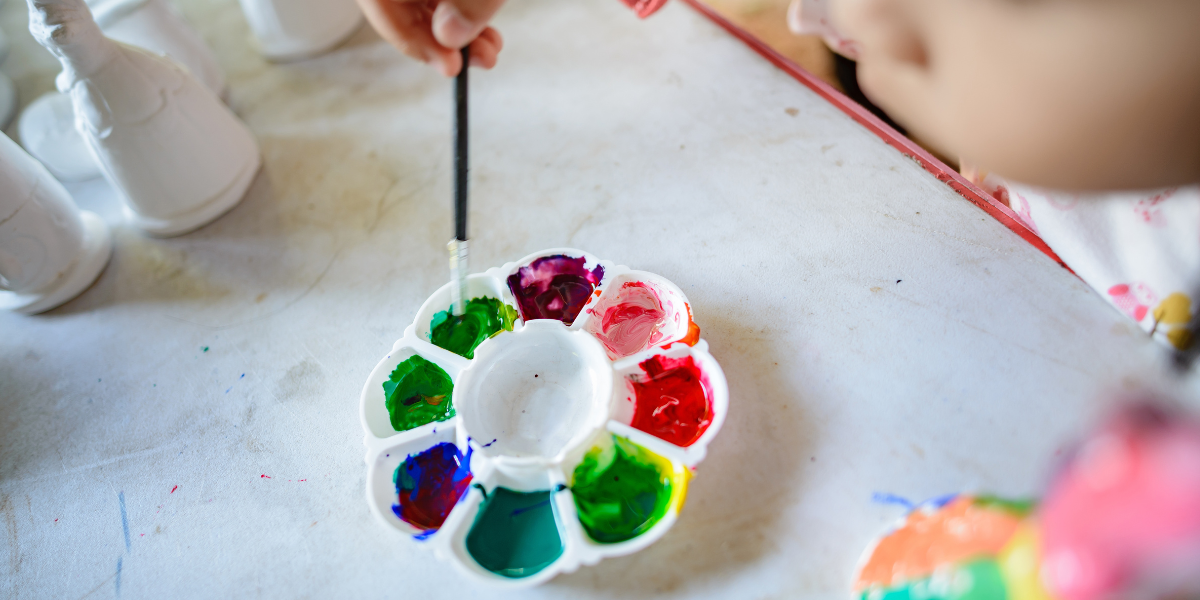
Magic Magnets
A set of toy magnets gives kids so many fun ways to explore. They can experiment to find which objects the magnet will stick to, play with attracting and repelling, make their own compass, or use a magnet to guide a metal ball through a DIY maze—the list goes on!
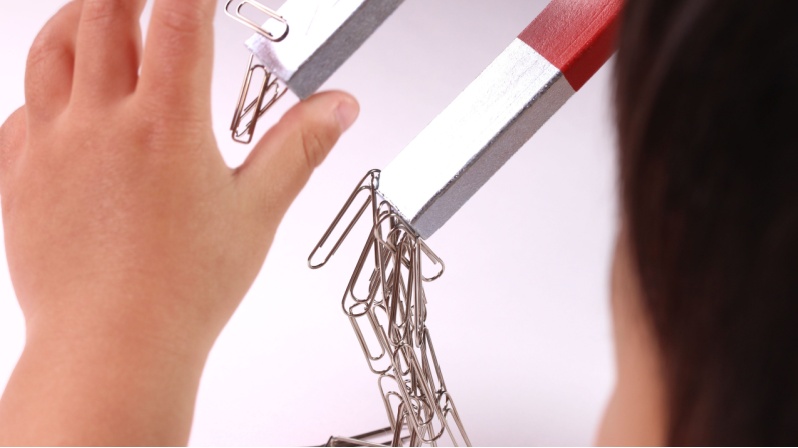
Loose Parts Play
Fill a bin with all sorts of random, kid-safe items: cardboard boxes and cardboard pieces, nuts and bolts, scraps of fabric, smooth wood pieces, styrofoam and bubble wrap, disposable cups and silverware—anything and everything goes, as long as it’s safe and age-appropriate.
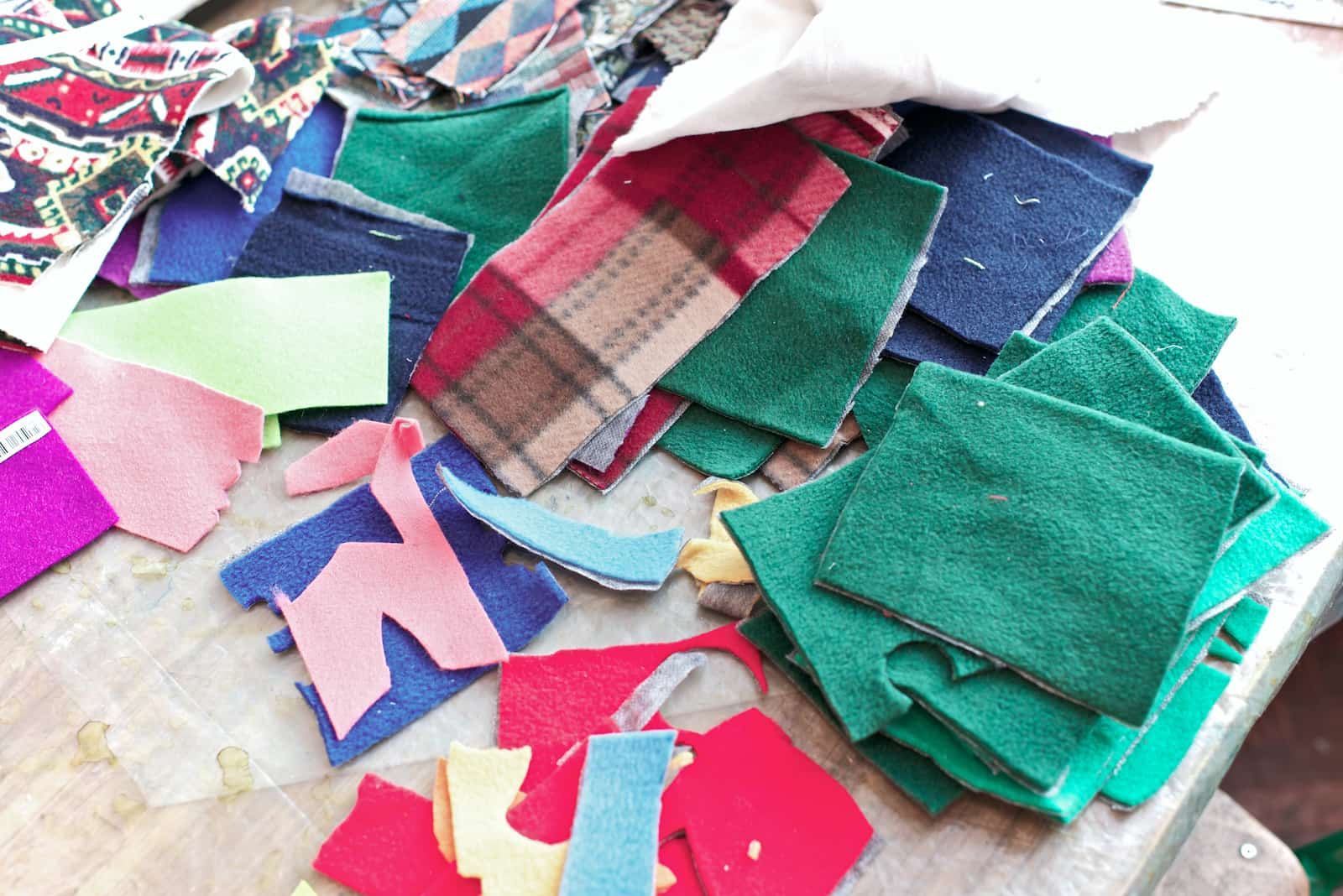
This collection is perfect for unguided experimentation and imaginative play, or you can give kids STEM challenges. For instance, “How tall of a tower can you build with these items?” or “Invent a brand-new machine and explain what it’s for.”
Sensory and Motor Skills Activities
Tweezer Transfer
Round up some toy tweezers, muffin tins or small plastic bowls, and pompoms or small toys. Ask your child to move items from one muffin tin well or bowl to another, using the tweezers instead of their fingers. As they move them, they can also sort them by color, size, or other attributes.
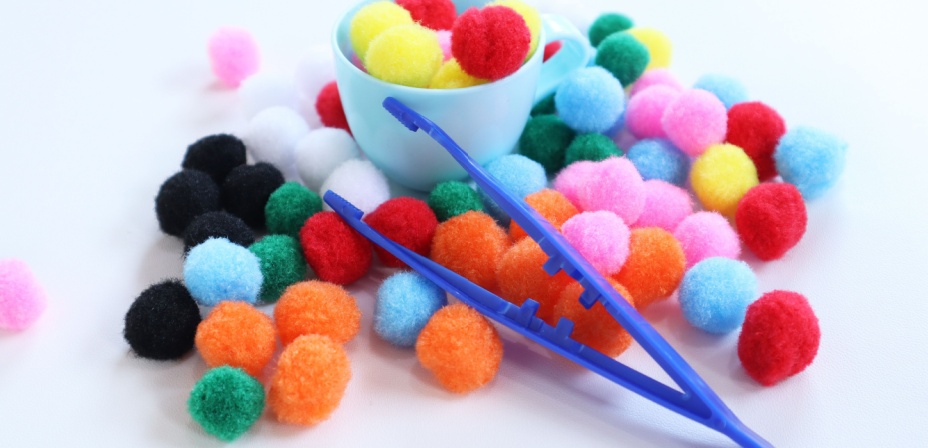
Paper Snowflakes
Scissors skills definitely take some practice to master. Start younger kids off by drawing curved and zigzag lines across scrap paper for them to cut. Show older ones how to fold paper and create their own snowflakes. Since each one is unique—just like real snowflakes—they’ll never get tired of seeing what they can create. You can also teach them how to create paper doll chains, then encourage them to experiment with other designs.
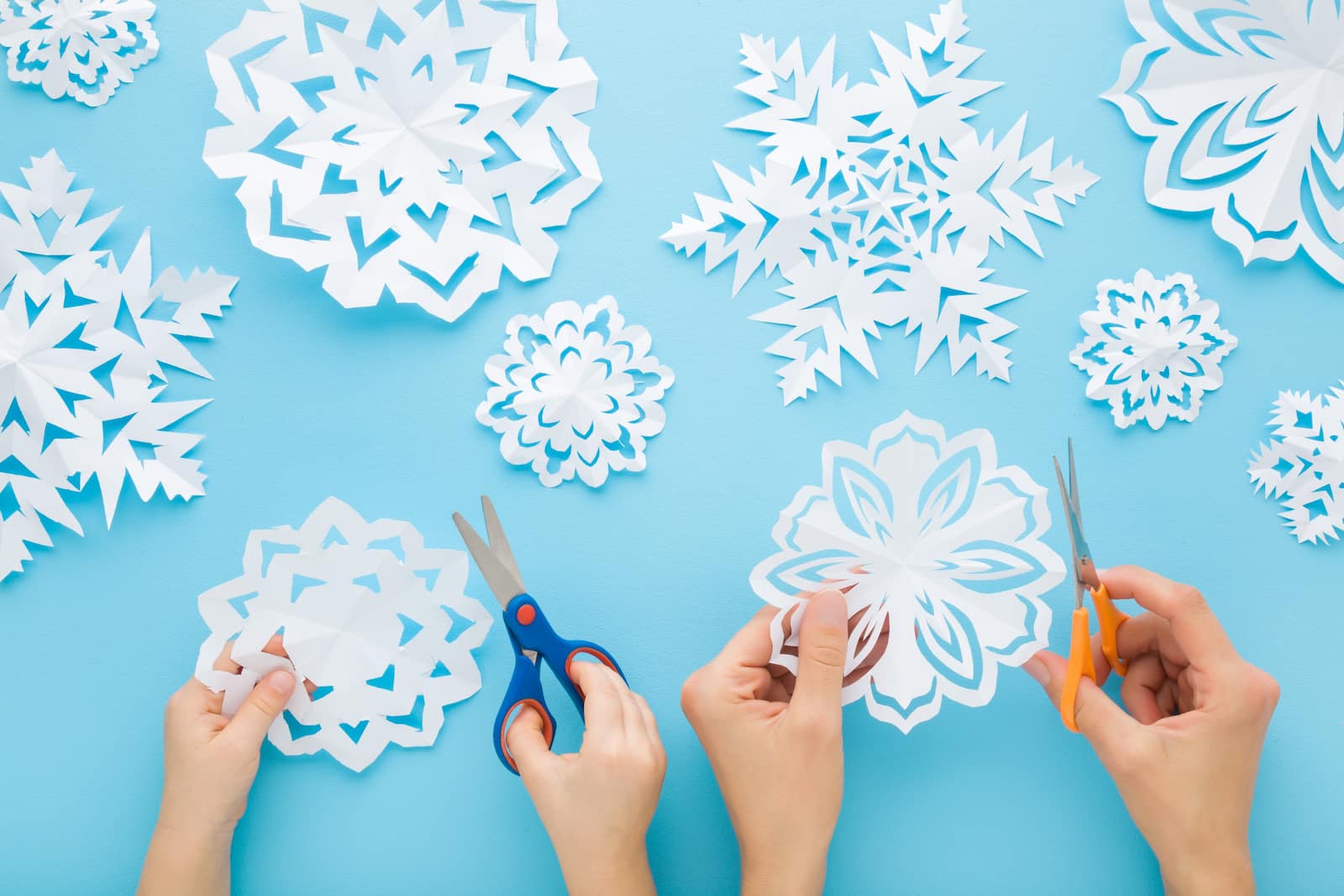
Roll and Move
You’ll need a pair of dice for this play-based learning activity. First, assign a movement to each number 1 to 6. (i.e. 1 = jump, 2 = walk backwards, 3 = spin around, etc.). Then, roll both dice. The number on the left indicates the movement, while the one on the right shows how many times to do it.
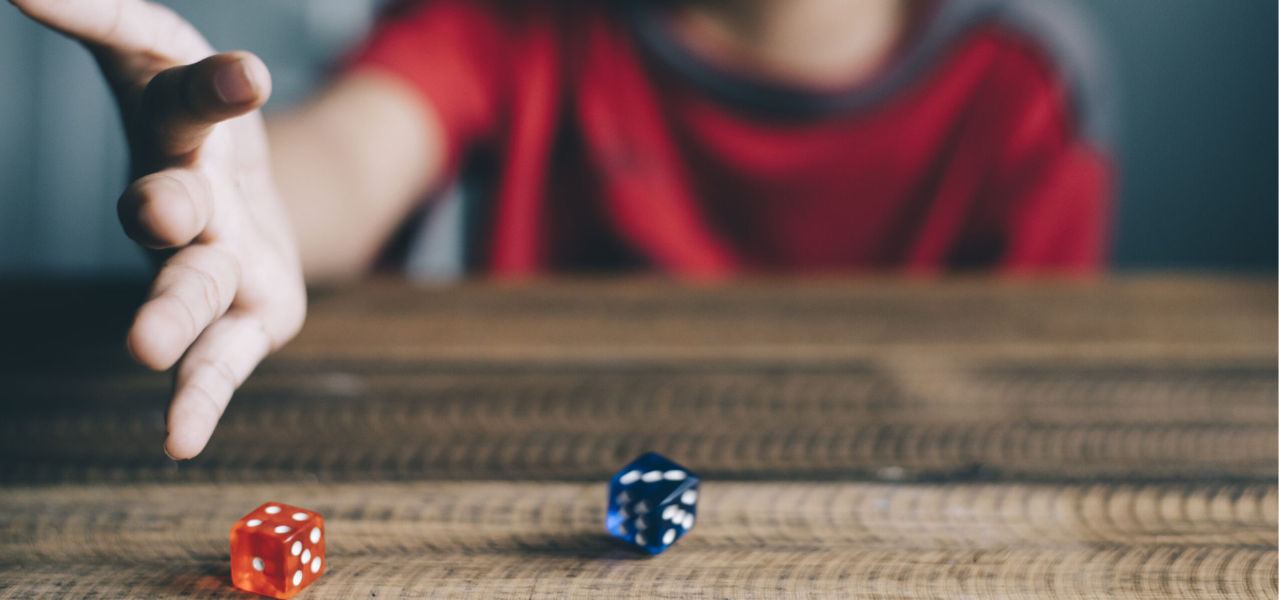
For instance, if you roll a 2 and a 5, walk backwards for five steps. To turn this into a game, set a goal number, like 50. Keep track of the number of jumps, steps, spins, etc. each player takes. The first player to the goal wins!
Sensory Bins
A sensory bin is exactly what it sounds like: a container full of items that stimulate the senses. Common items include rice, beans, sand, water, ice, rocks, beads, dry pasta, shaving cream, or popcorn kernels. Include items for scooping and measuring, like cups and spoons, along with letter and number magnets, or small toys to discover and dig out. Here are a few possible combinations:
- Dirt and pebbles, toy shovels, small buckets, twigs, and toy dinosaurs
- Water, ice cubes, shaving cream, floating toys, measuring cups, funnels
- Rice, popcorn kernels, beans, letter and number beads, forks and spoons
- Practice letter recognition with an alphabet sensory bin
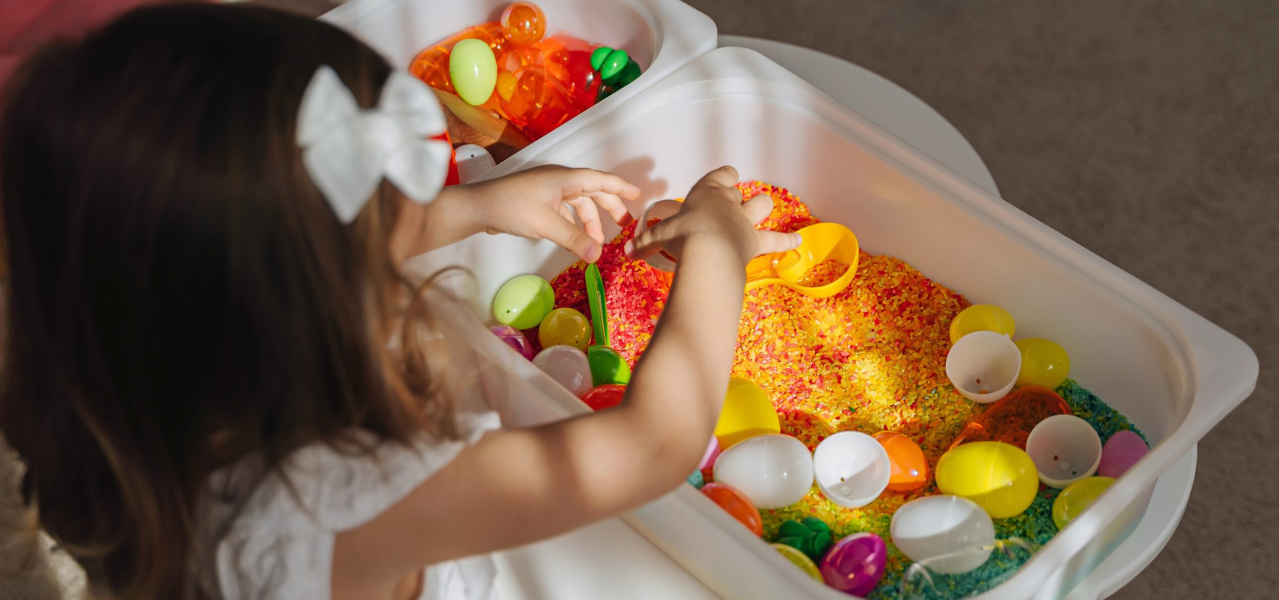
Obstacle Course
A DIY obstacle course can use anything and everything at hand! Jump across stepping stones, balance along a fallen log, climb steps and hop back down, weave in and out among stuffed animals … just use whatever you can find and your creativity. Kids can race each other, try to beat their own best time, or simply enjoy creating new courses to tackle.
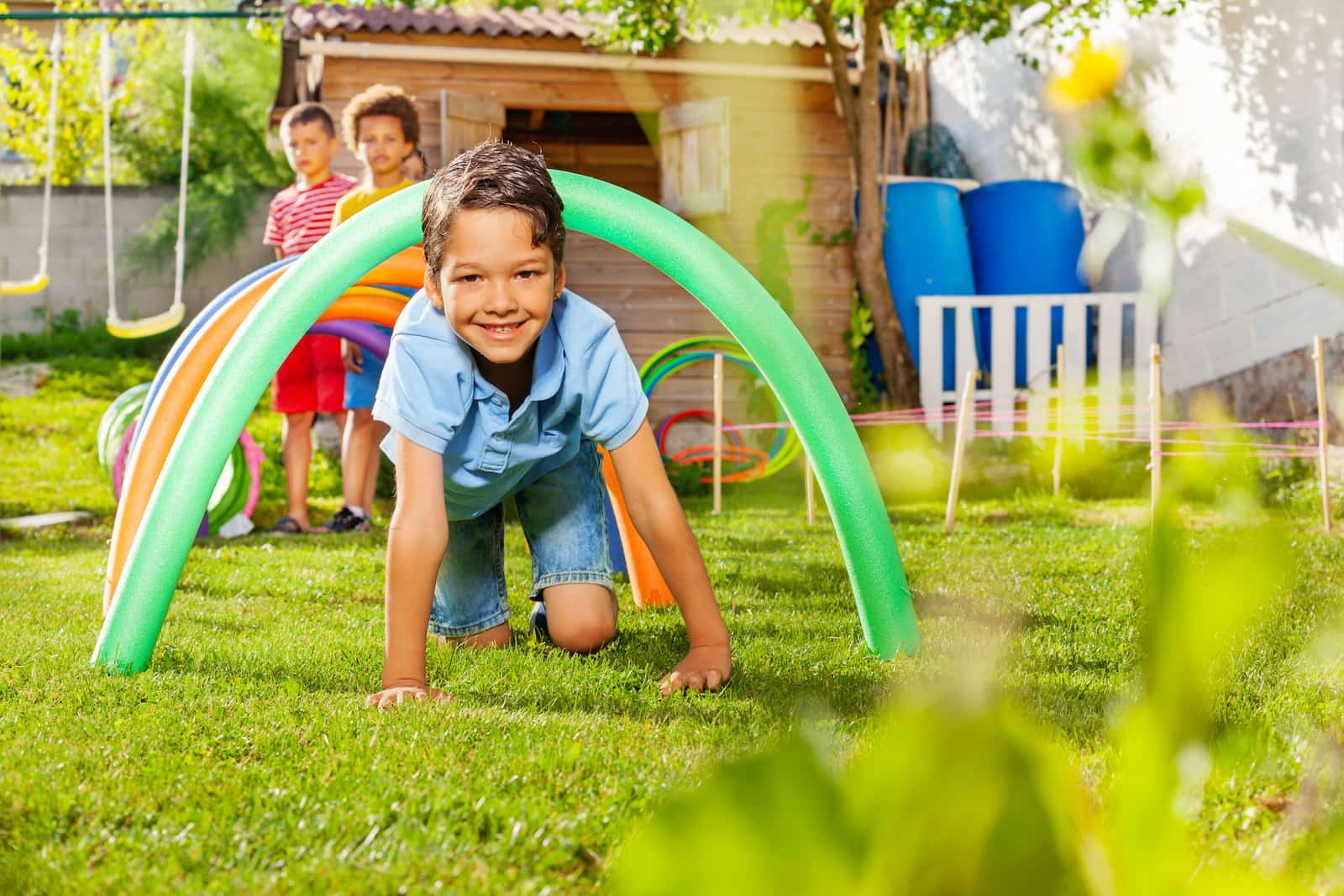
Dramatic and Pretend Play Ideas
Restaurant Role Play
This is the kind of make-believe play that lets kids practice a lot of real-life skills. Taking orders and interacting with “customers” builds social skills. Creating a menu and “preparing” meals incorporates creativity and motor skills. Kids can even make trips to the “grocery store” to buy what they need.
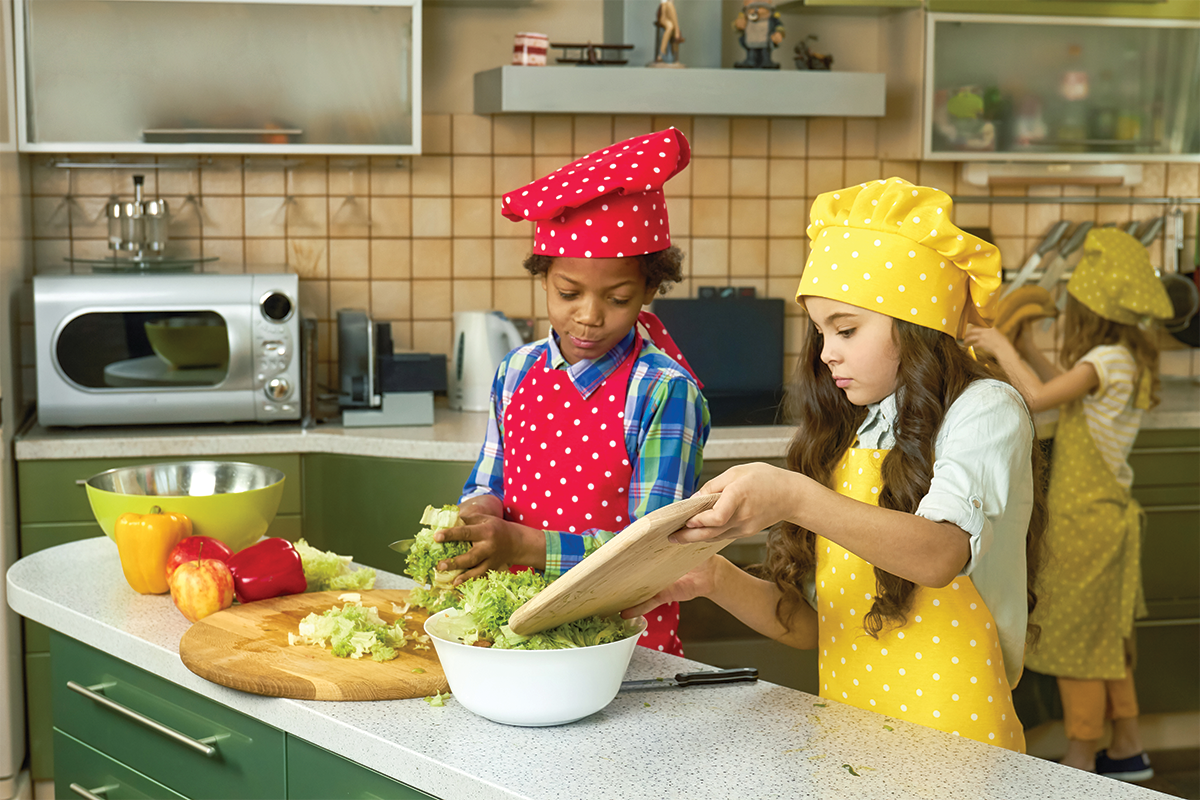
Add in math practice by creating a bill at the end of the meal. Want to make the experience even more meaningful? Let your child take everyone’s “orders” at the dinner table and bring them their actual food!
Dress Up Box
Every kid should have a box full of clothes, shoes, hats, and other accessories to help spark their creativity during imaginative play. Look for fun finds at yard sales and thrift stores, and be sure to stash old Halloween costumes in there too.
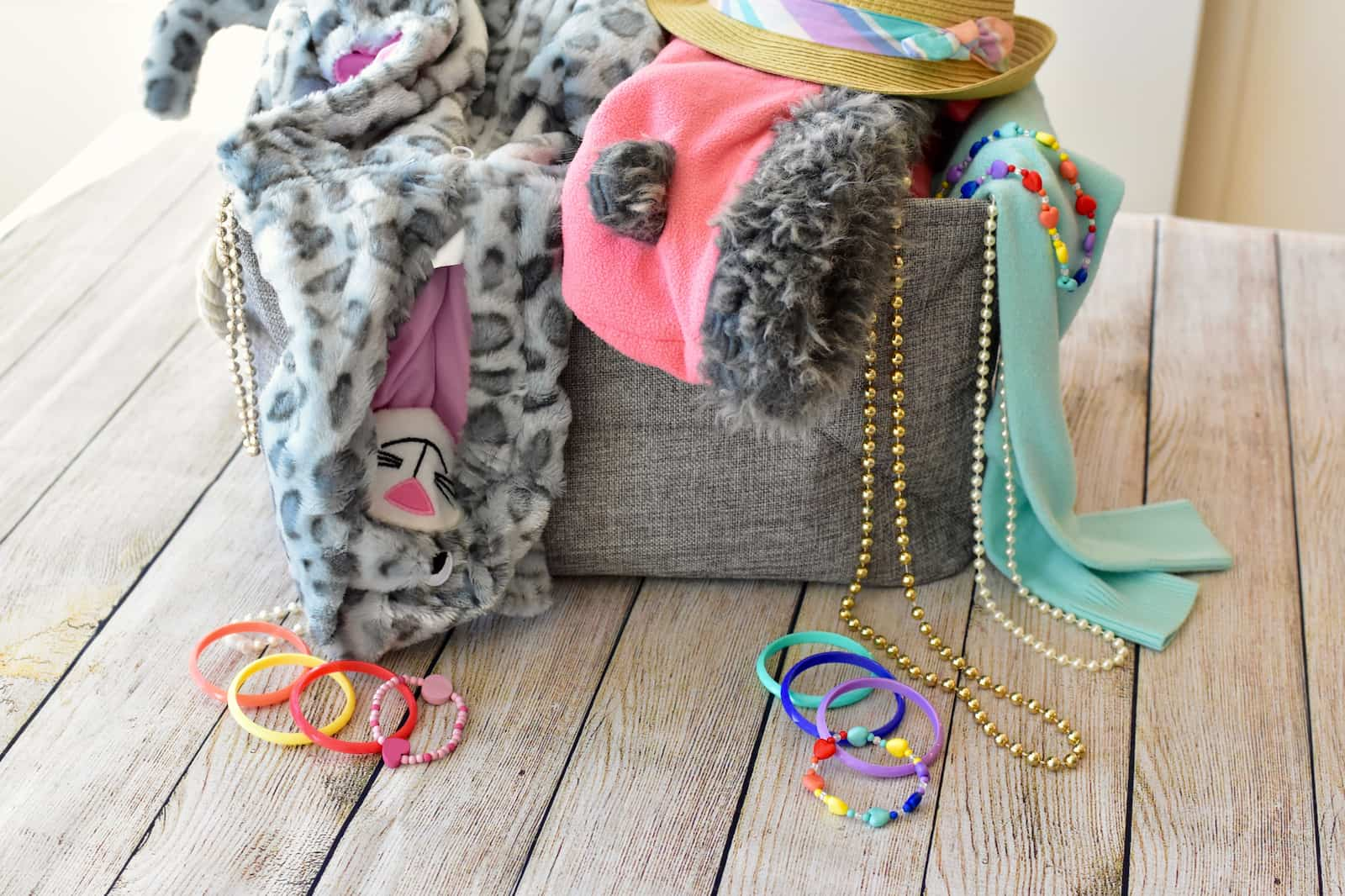
And Then … Storytelling Game
For some kids, making up stories comes easily. Others, though, may have trouble coming up with ideas. Try this storytelling game to help them get started. Start a story, such as: “Once upon a time, a dragon and a chicken met up in the woods, where they were picking blackberries.
They both reached for the same berry at the same time, and then …” Your child continues the tale from there. When they get stuck, give them another short prompt ending with “and then …” to help move the story along.
Toy Animal Zoo
Set up a zoo in your living room or backyard! Do some research and give each stuffed or toy animal its own “habitat.” Make informative signs for each display based on your research. Then, dress as zoo guides or zoologists and offer a tour to guests.
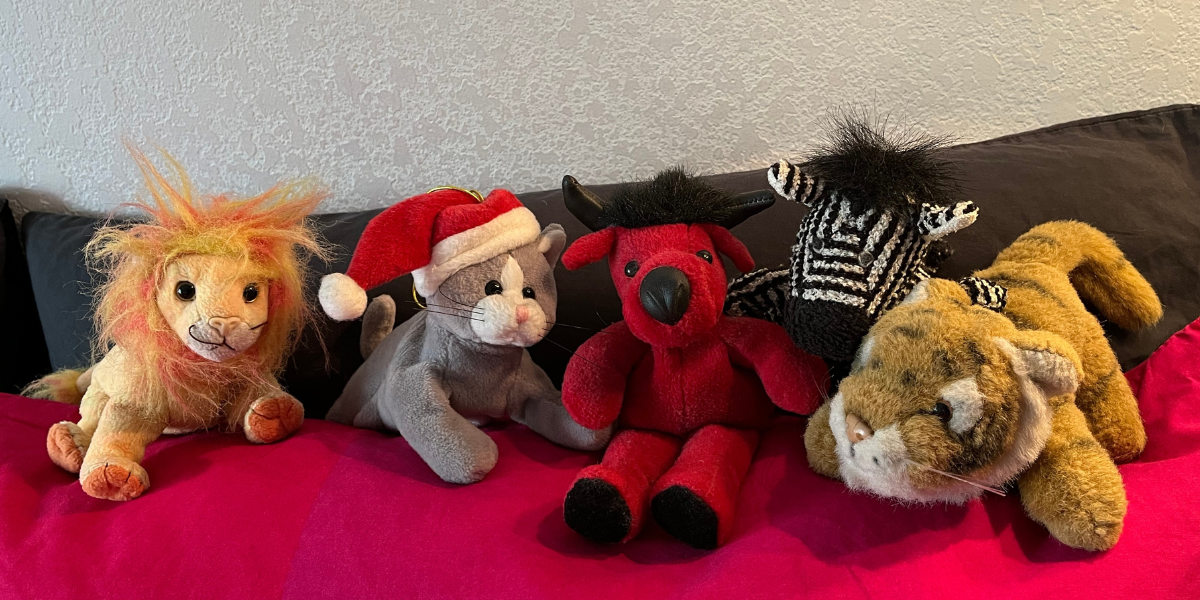
Home Library
Turn your own book collection into a working library! Draw barcode stickers on (removable) adhesive labels, and organize your books into sections like those at the library. Set up a table with a “checkout scanner”, create a few cozy reading nooks, then invite folks in to browse, read, and “check out” books.
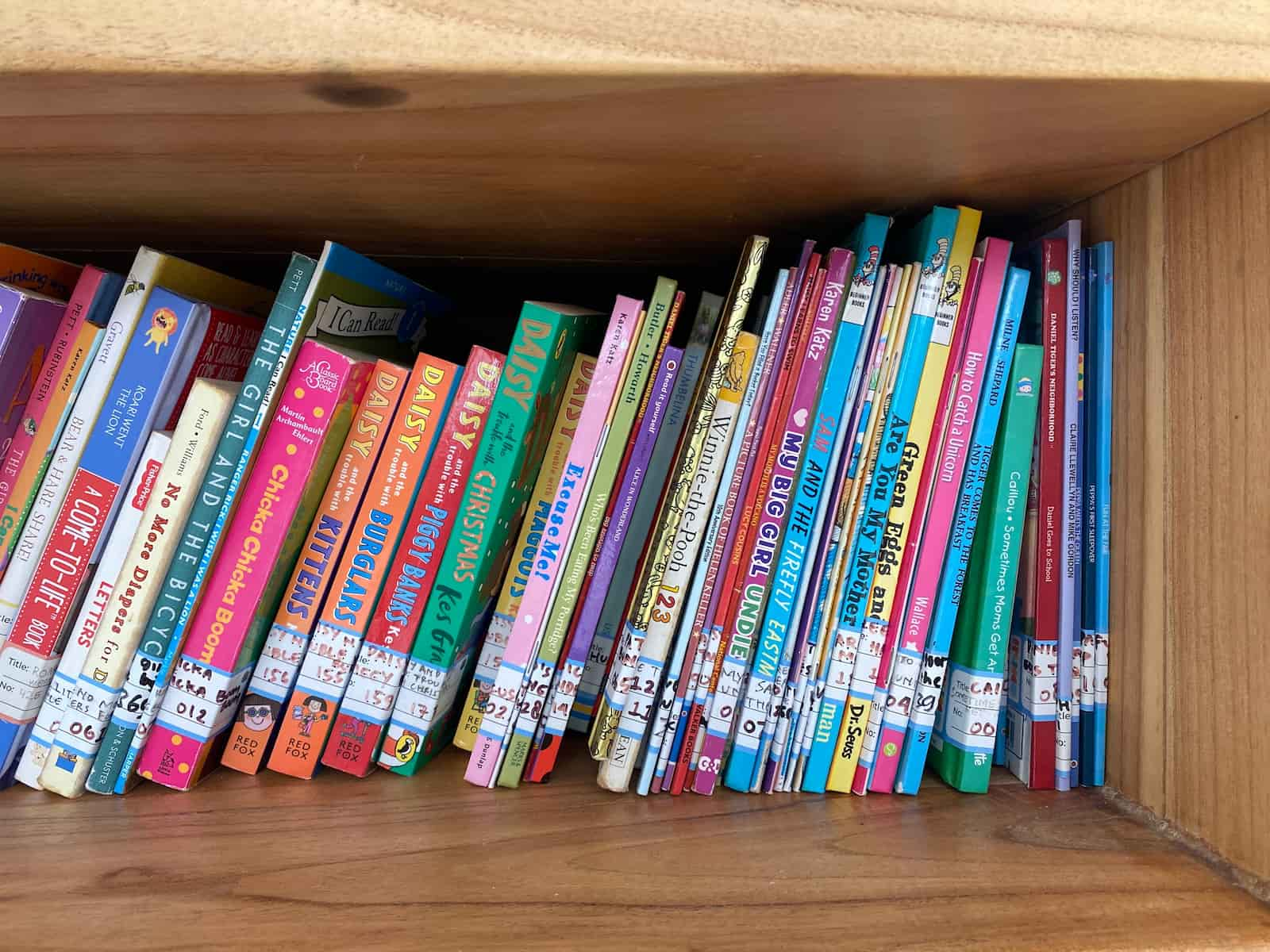
Tips for Parents and Teachers Using These Activities
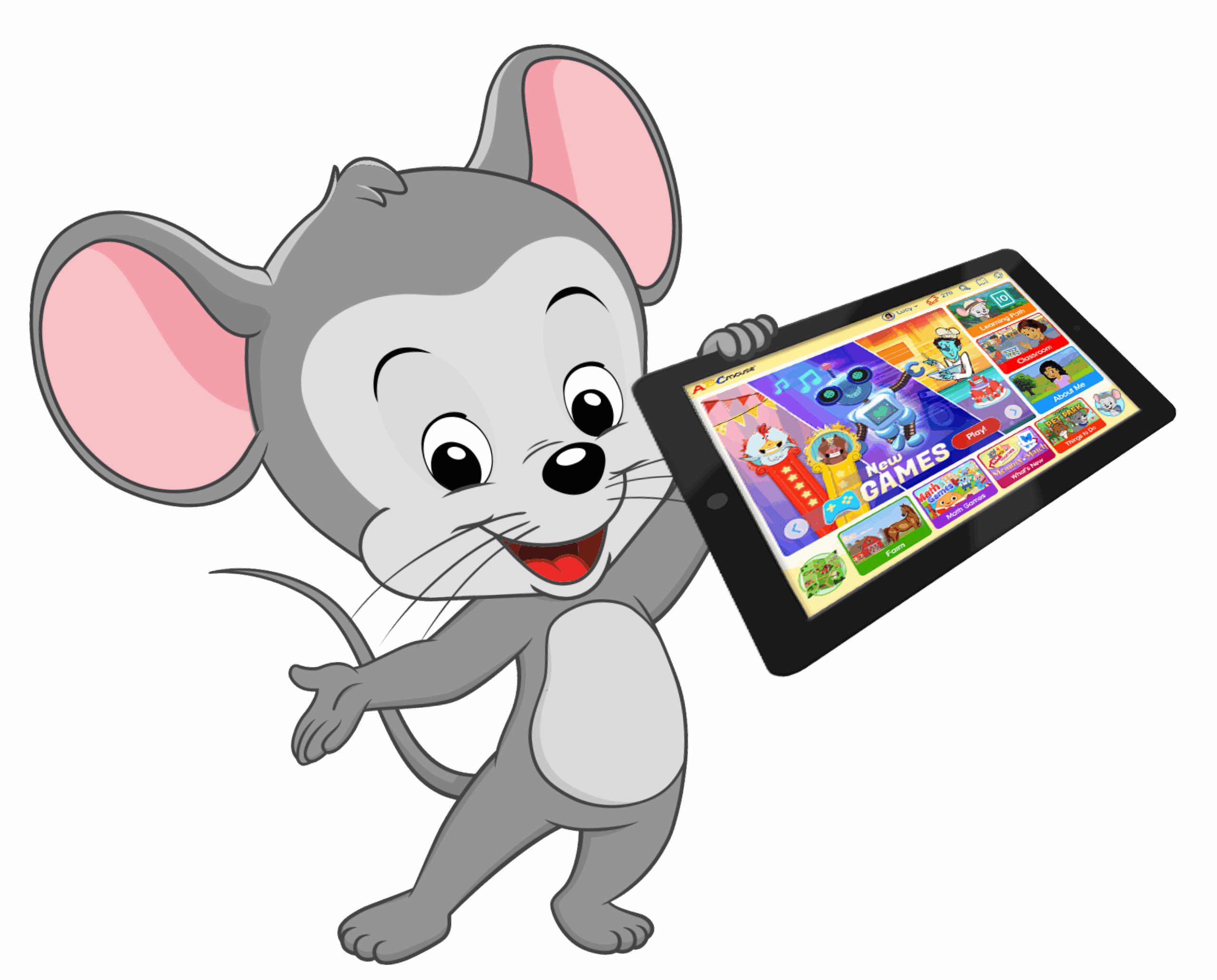
Do: Let your child take the lead.
Don’t: Try to control the game.
You can provide ideas for play-based learning, along with some supplies and parameters. But once the play gets going, resist the urge to steer the play in any particular direction. When kids are young, they’re learning something from almost everything they do. So even if the game isn’t exactly what you expected, as long as it’s safe, embrace it and play along.
Do: Encourage creative thinking.
Don’t: Focus on “right answers” or the “right way” to do it.
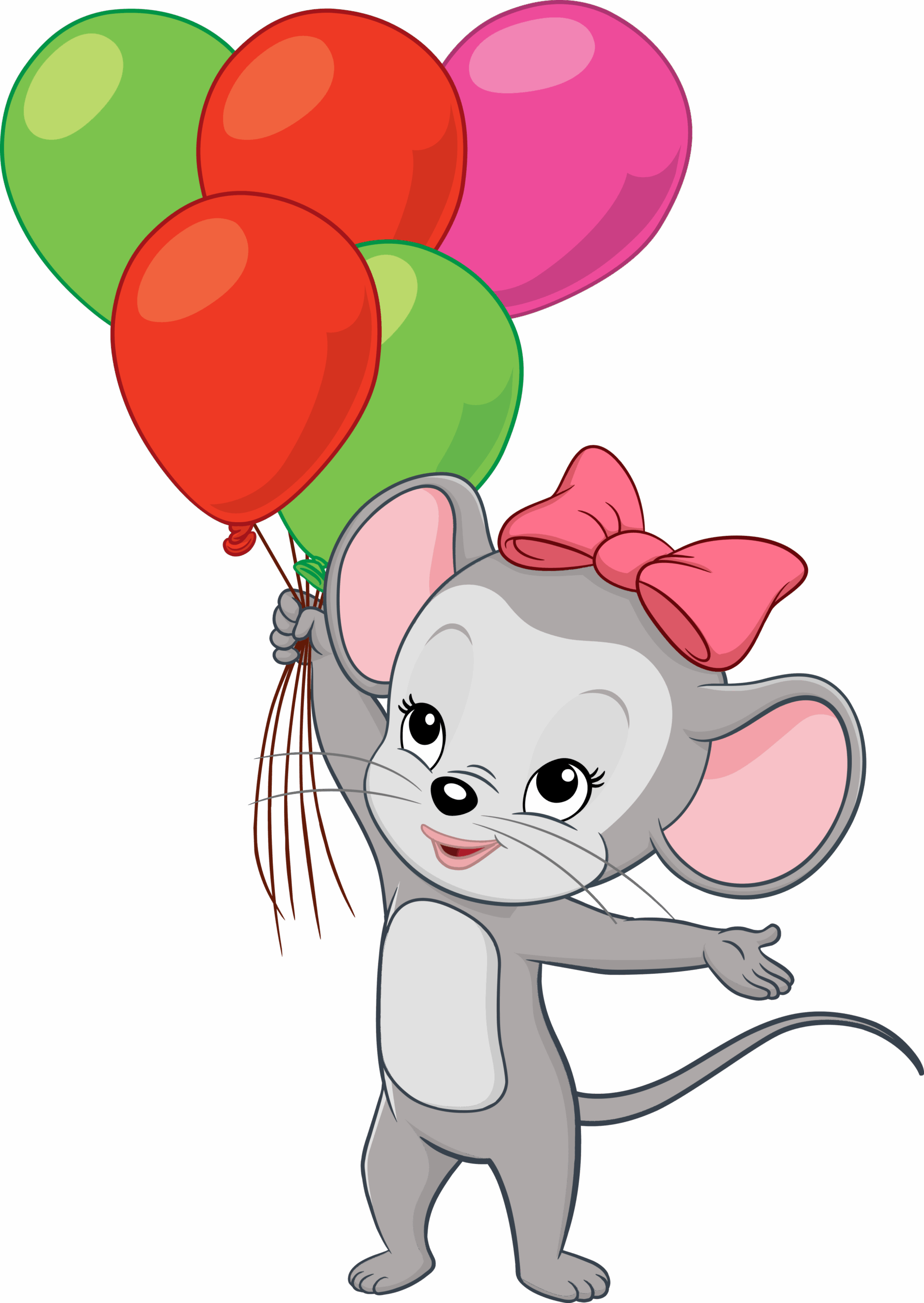
If you give kids a challenge, let them come up with their own way to solve the problem. For example, when playing a board game, children often make up their own rules. As long as everyone in the game agrees to play that way, that’s okay! Worry less about “the instructions say to do this” and more about having fun and trying something new.
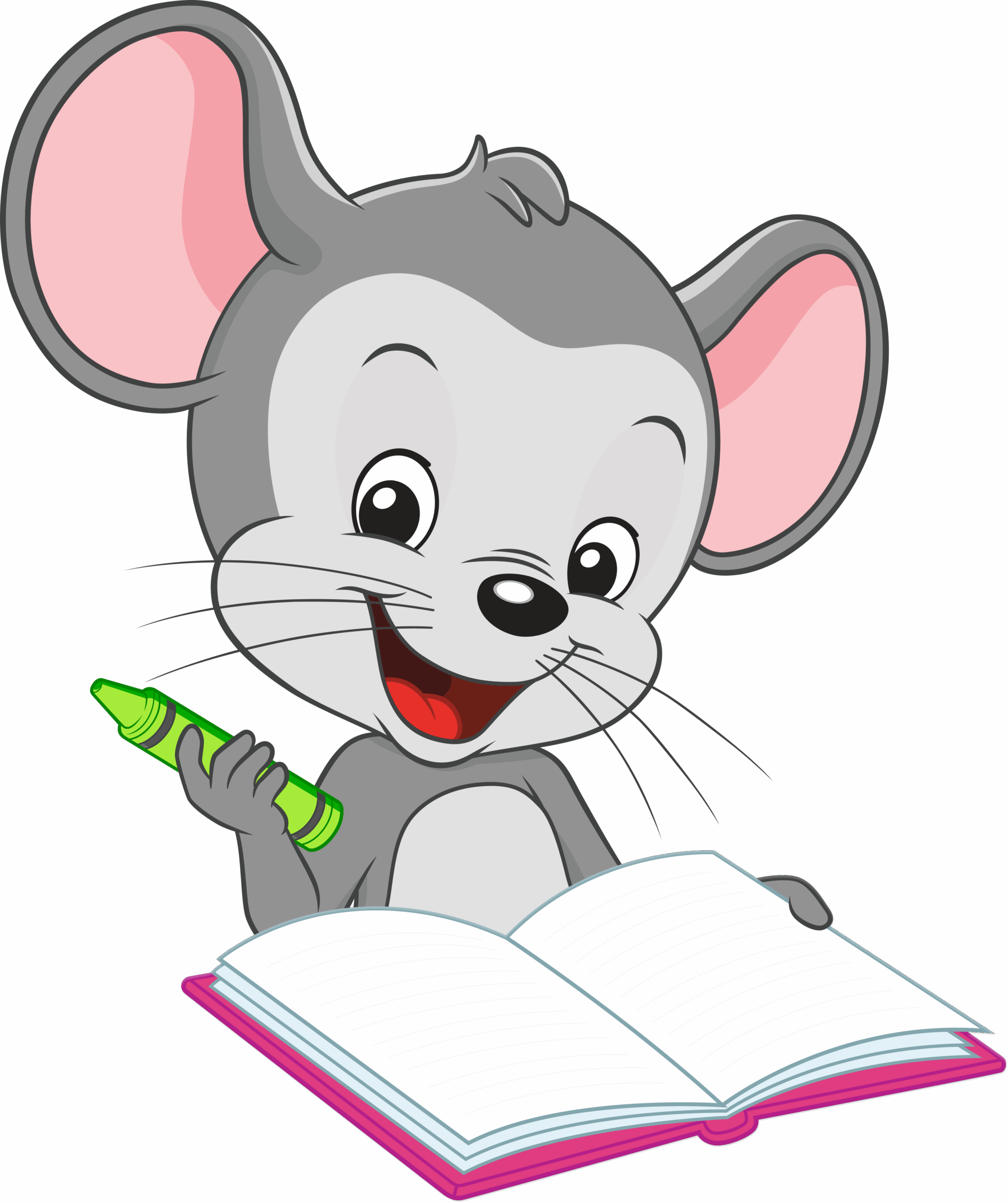
Do: Let them try and fail.
Don’t: Say, “Here, let me do that for you.”
It’s so tempting to help kids with a task, but when we do, we risk sending the message that they can’t or don’t need to learn to do it themselves. When you give your child a new toy or gadget, let them experiment with it for a bit, no guidance provided.
Over time, they’ll work out how to get it started, how to get the lid off, or how to put the pieces together all on their own. Discovering something for themselves makes them much more likely to remember how to do it later.
Do: Ask open-ended questions about their experiences.
Don’t: Test their knowledge constantly.
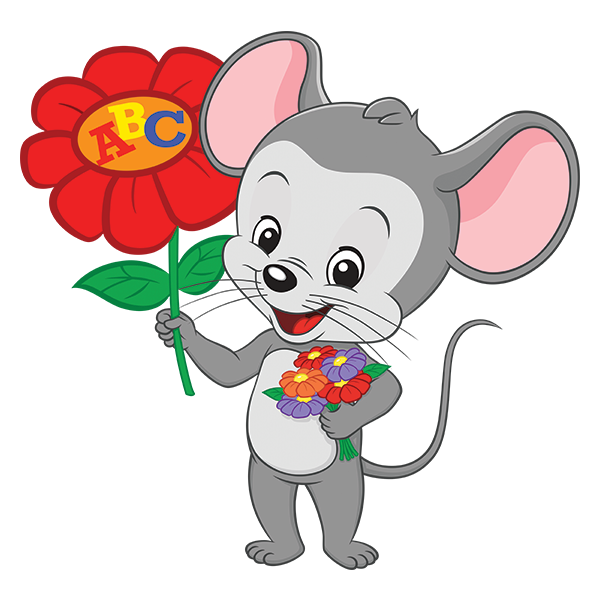
For some play-based learning games, you’ll need to ask very targeted questions, like “Who has the least number of cards left?” or “Which one of these has 7 dots?” But more authentic learning comes from open-ended questions, like “What do all these things have in common?” or “What made you try doing it that way?”
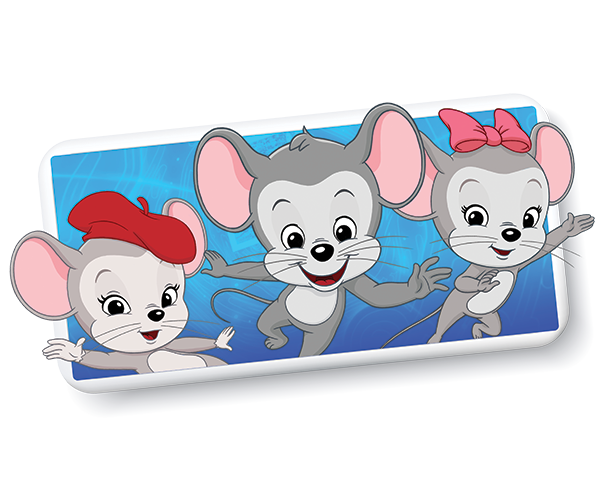
Do: Believe your child learns through all sorts of play.
Don’t: Fill your child’s time with too many structured activities.
Team sports, music lessons, games with lots of rules—there are benefits to all of these types of play and learning. But unstructured play encourages creative thinking and problem solving and builds a strong sense of independence too. Make time for both structured and unstructured play in your child’s schedule.
Do: Provide simple toys and items that encourage creativity.
Don’t: Restrict their toys and games to those “designed for learning.”
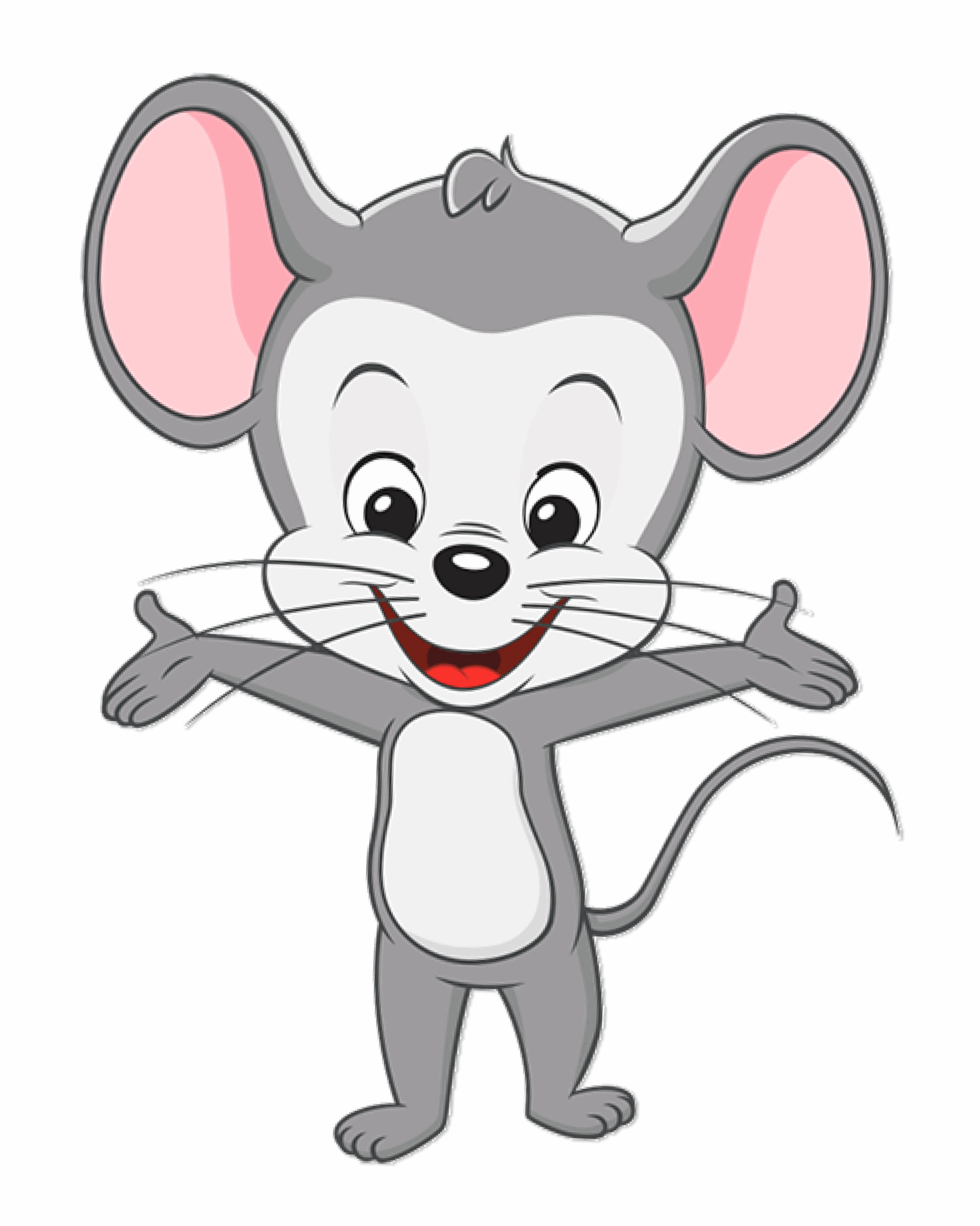
Learning toys and games definitely have their place. But pretty much any toy, game, or kid-friendly item can lead to learning opportunities. A box of pipe cleaners and beads allows for all sorts of imaginative play, from making shapes to designing jewelry to creating patterns and more. A stack of newspapers and masking tape can become just about anything when combined with a strong imagination. Here are some more play-based learning items to keep in your rotation:
- Building blocks of all kinds
- Cardboard boxes and tubes
- Art supplies
- Yarn, rope, and fabric scraps
- Kid-friendly tools (knives made to cut cardboard but not skin, etc.)
- Small pieces of styrofoam and wood
- Empty containers, with and without lids
- Finger puppets, dolls, and figurines
- Pattern blocks
- Toy food and kitchen supplies
- Magnifying glass, binoculars, and microscopes
- Measuring tools (rulers, tapes, cups, scales, etc.)
Legal Disclaimer: Any information, materials, or links to third-party resources are provided for informational purposes only. We are not affiliated with and do not sponsor/endorse these third parties and bear no responsibility for the accuracy of content on any external site.
-
10 Festive & Free Printable Christmas Crafts for Kids (with Templates!)
Download free printable Christmas crafts for kids—perfect for fun, festive, hands-on holiday activities at home or in the classroom.
-
Pattern Activities for Preschoolers and Kindergarteners
Explore fun pattern games, printables, and hands-on activities that help preschoolers build early math and logic skills through play.
-
15+ Sensory Play Ideas for Home or Classroom
Explore fun sensory play ideas to spark creativity and support child development—perfect for home or classroom activities.
-
15+ Cooperative Play Activities for Home or Classroom
Explore 15+ fun cooperative play ideas that help kids build teamwork, communication, and social skills at home or in the classroom.
-
25+ Play-Based Learning Activities for Preschoolers and Kindergarteners
Discover 25+ fun and educational play-based learning activities for preschoolers and kindergarteners. Boost creativity, motor skills, and critical thinking through play!
-
Letter A: Free Games, Printables, Crafts, and Song for Kids
Discover free Letter A games, worksheets, crafts, and songs for kids! Make learning the letter A fun and interactive with engaging activities for home or classroom…

